Put an end to tragic endings, say teenagers
January 23, 2014
In the month of January, an armed 17 year old shot two of his peers at a public high school in Philadelphia, a New Mexican seventh grader wounded two fellow students with a shotgun, and Purdue University saw one of its students killed by another.
School shootings have ravaged the U.S. to the point that they are often not widely followed or terribly shocking news. When asked, most had not heard of at least two of the shootings previously mentioned. This is surprising, considering that some believe that the media’s over-coverage of the events is what is causing them to become more frequent.
“They [the media] give a lot of attention to these shootings weeks after they happen. It opens the door to copycat killers,” agreed New York senior Travis Phelan.
“If a person isn’t in a stable state of mind, a lot of things can go wrong quickly,” said Illinois student Mariah Christ. “It is something that happens all the time and is publicized a lot. That makes it easier on the shooter to see how they can carry out the same tragedy! It’s sad, but for an unstable person, it’s a way to get attention I suppose.”
Christ and Phelan’s distant locales demonstrate the fact that these problems exist at schools across the U.S. Schools nationwide are increasing security through police officers, metal detectors, and more locked doors. Many students have few worries about safety at their schools, although there are some concerns.
“My biggest concern is that [my high school]has an open campus and anyone can come into the buildings and fit in if they are in dress code, which is just khakis and a [high school brand] t-shirt. They are working on security measures now to eliminate that though,” said Christ.
In the end, many say it comes down to working to solve the deeper issues behind the problem. Bullying, mental health awareness and poor gun control laws are often viewed as origins that need to be repaired.
“I think children can at times be a lot more mean and unwelcoming…which leads to bullying and eventually the ‘snap,’” said Caroline Rombaut, a student of Human Development and Family Studies at the University of Missouri. “As a society we can maybe try to pay more attention to the well being of the child and not always go up to ‘higher authorities’ to deal with the problem.”
A lot comes down to not only mental health awareness in general but also to the students of schools themselves.
“[The rise in shootings] is probably from bullying…kids have no one to talk to or anything and so they take it out on everybody in a school,” said New Jersey senior Natalie Burke.
“[To] help curb the rise of school shootings I would say we need to learn to accept people more and see the signs and actually let people know…in [one shooting I remember], the [gunman] told people [about his plans beforehand]and yet no one told a teacher or anything,” Burke said.
Students’ attention to those around seems to be a crucial aspect of a positive school environment.
“If there are students that are struggling with something difficult, we as a student body should lift them up in a time of sorrow. That prevents anything bad happening to that individual and decreases the risk of a discontent[ed] student going and doing something that endangers their fellow classmates,” Christ said.
As sociologist Katherine Newman and her team discovered, according to the Washington Post article “The social roots of school shootings,” many of those who have perpetrated the tragedies in the past “weren’t loners. But they were often…struggling to fit in.”
“As a peer, [to] be more welcoming and understanding and not always focusing on [oneself] but also being there for other students [is crucial],” Rombaut added. “Feeling like people care about you and that you belong can make a big difference.”





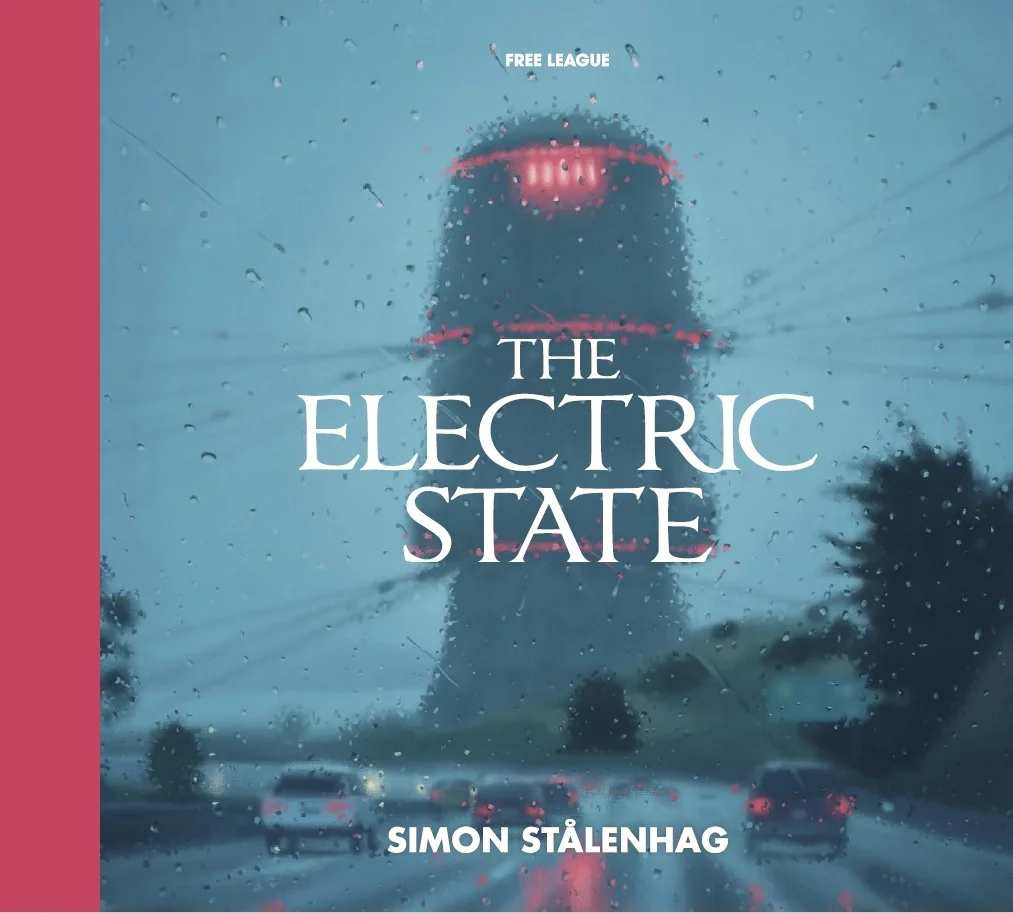
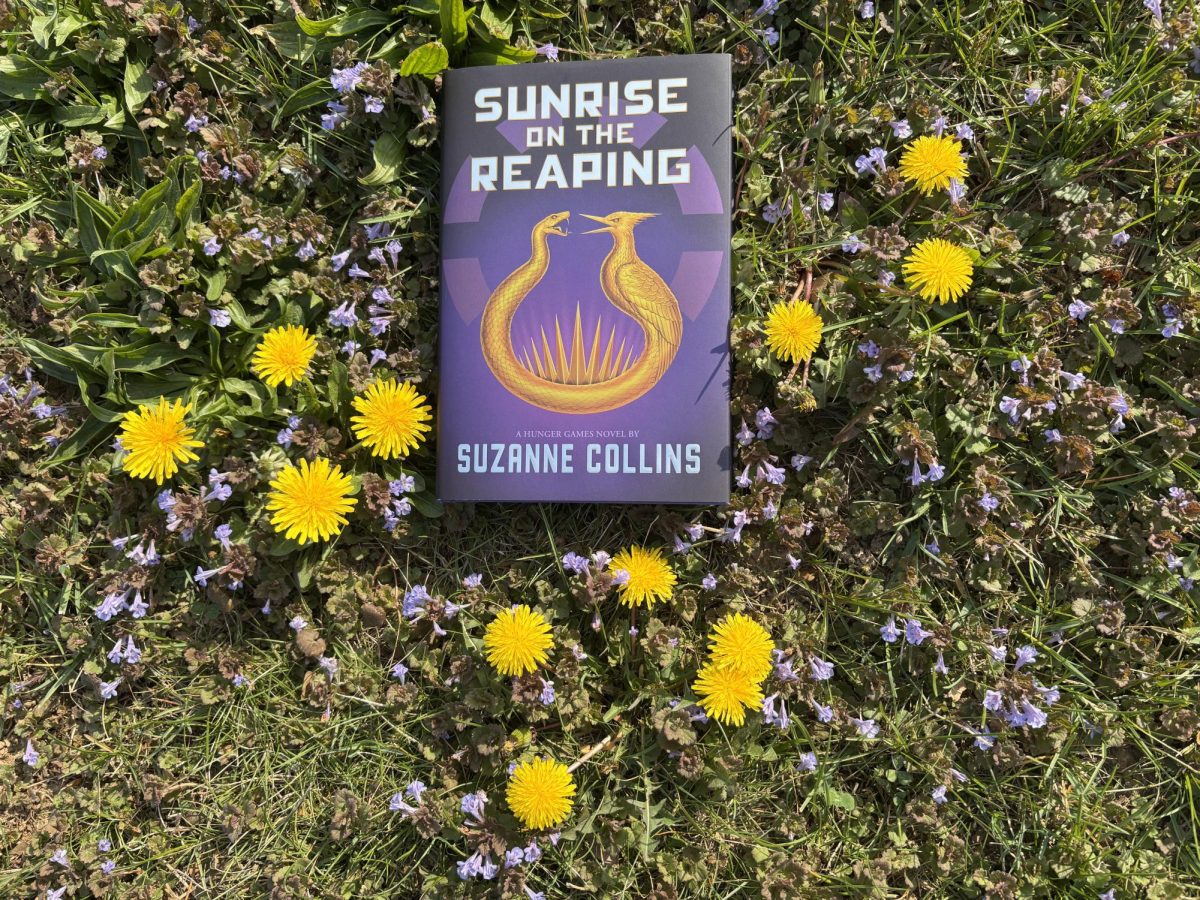
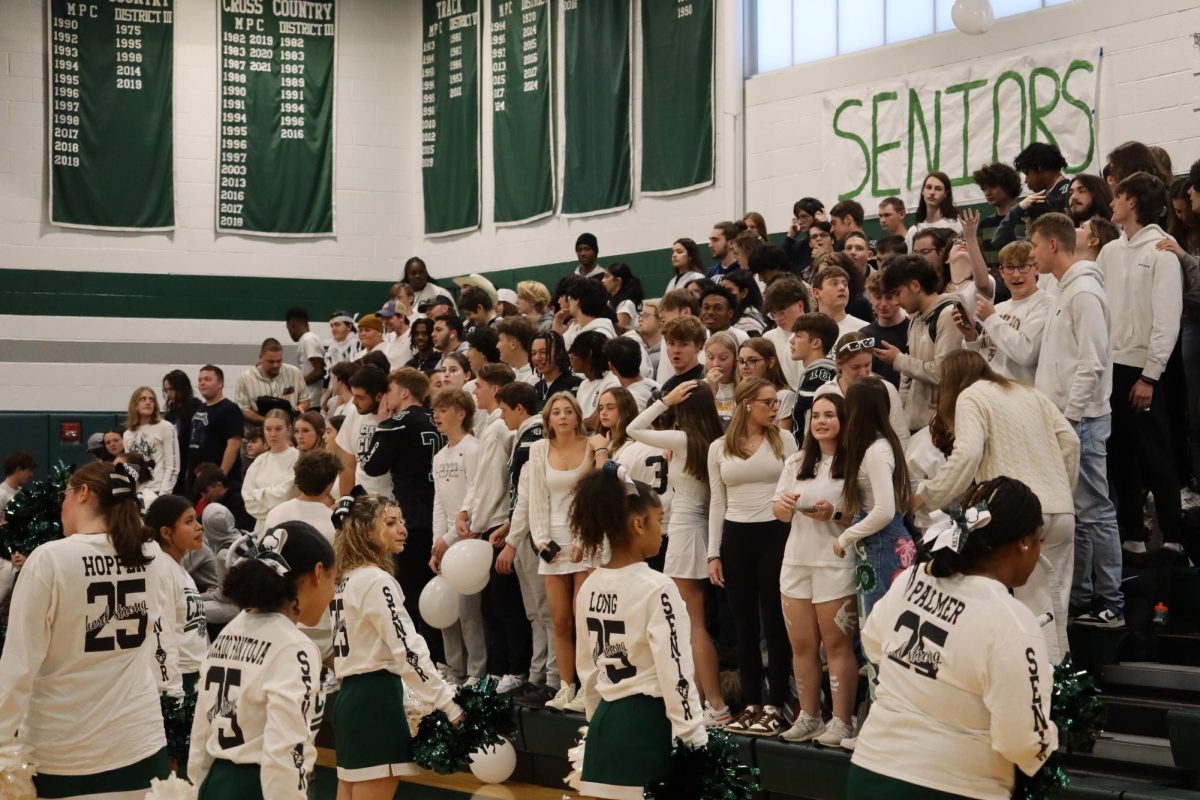
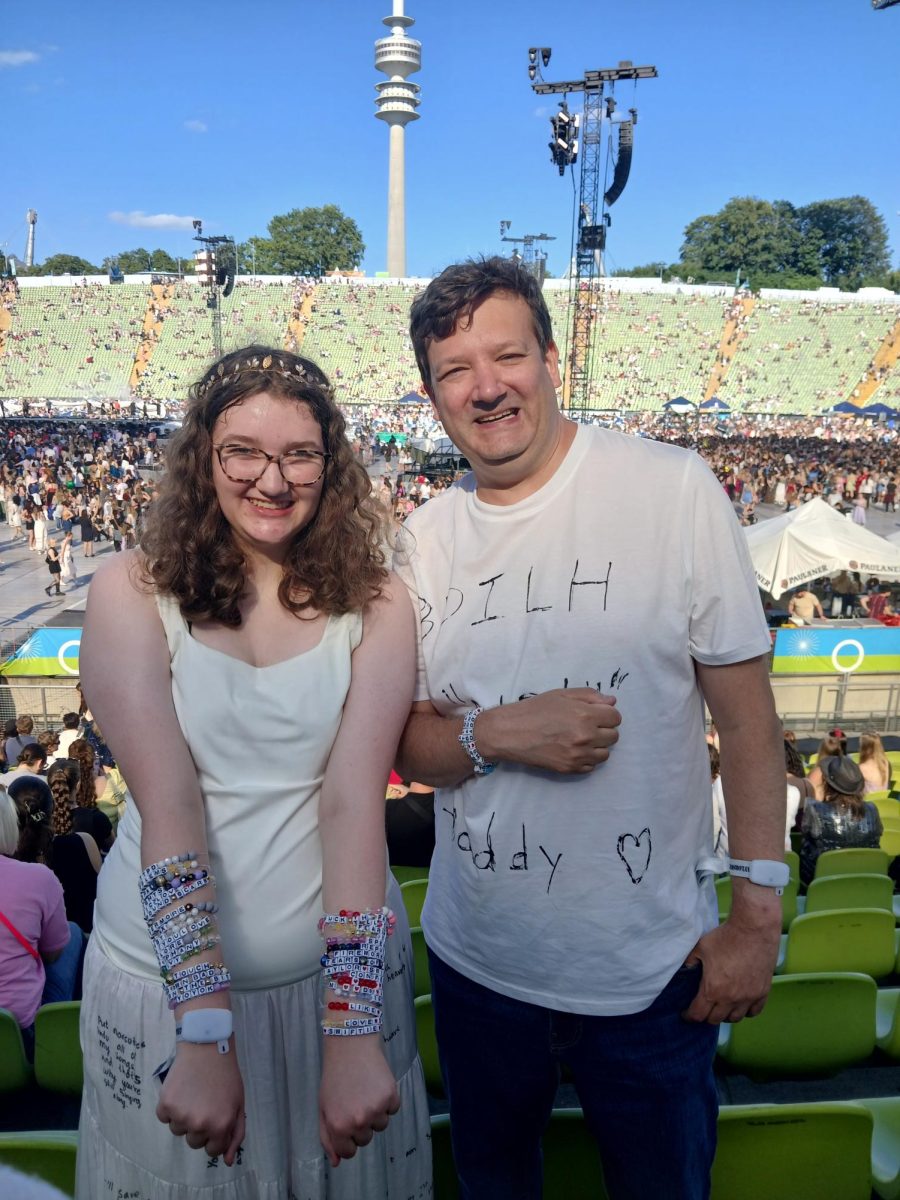
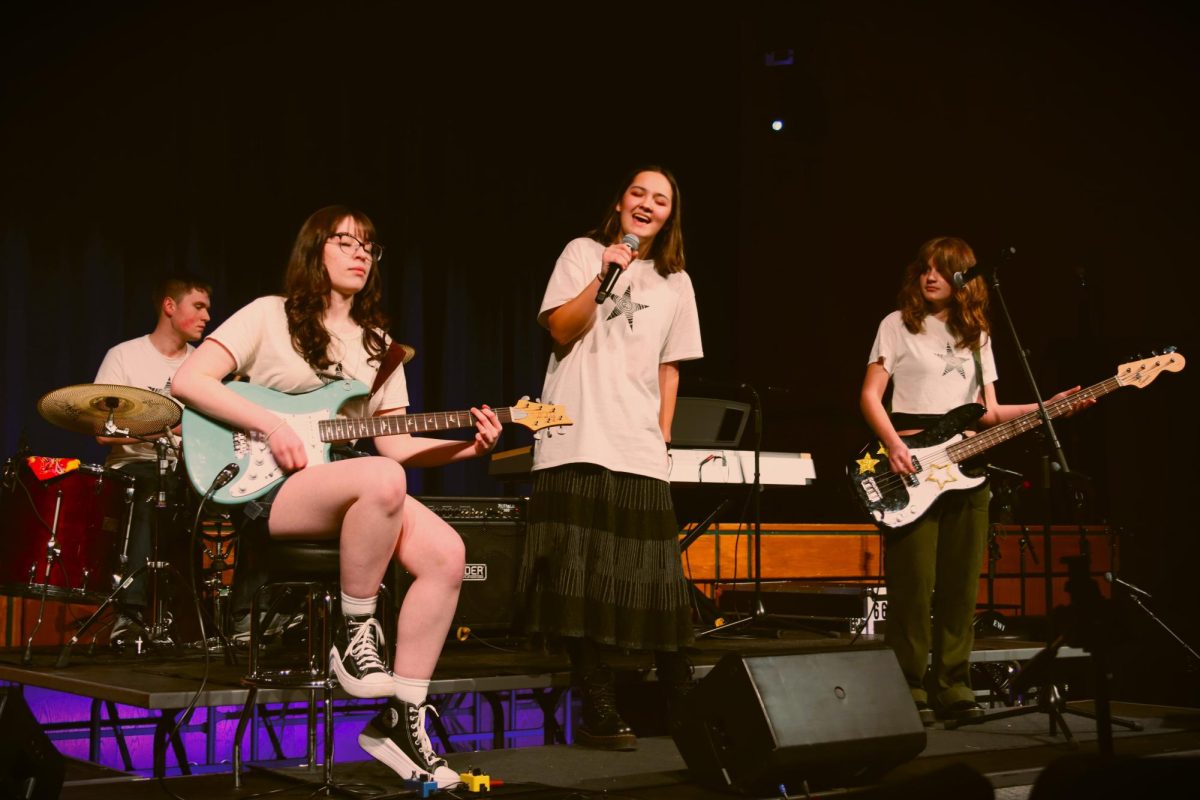
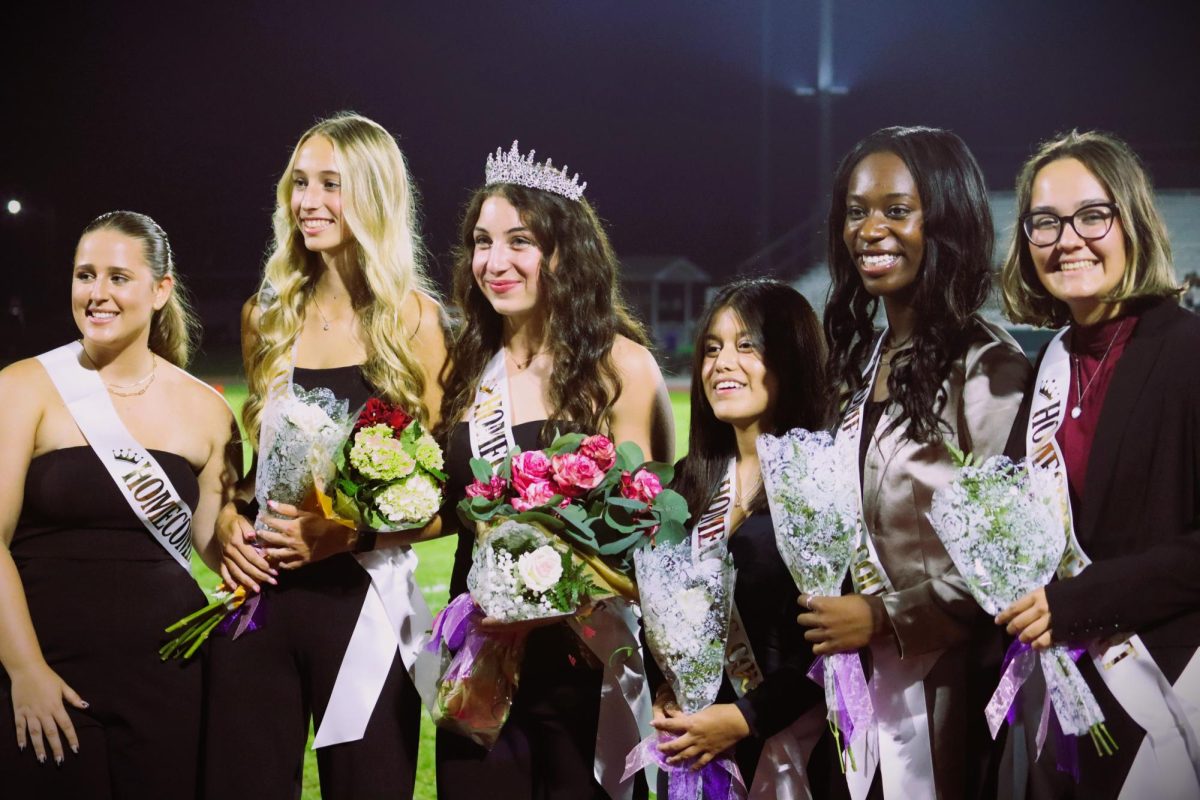

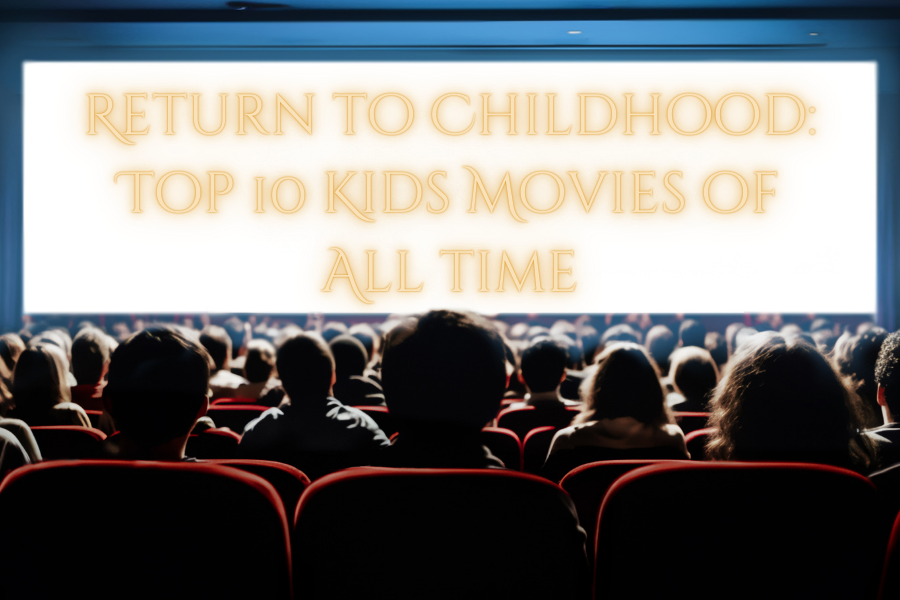



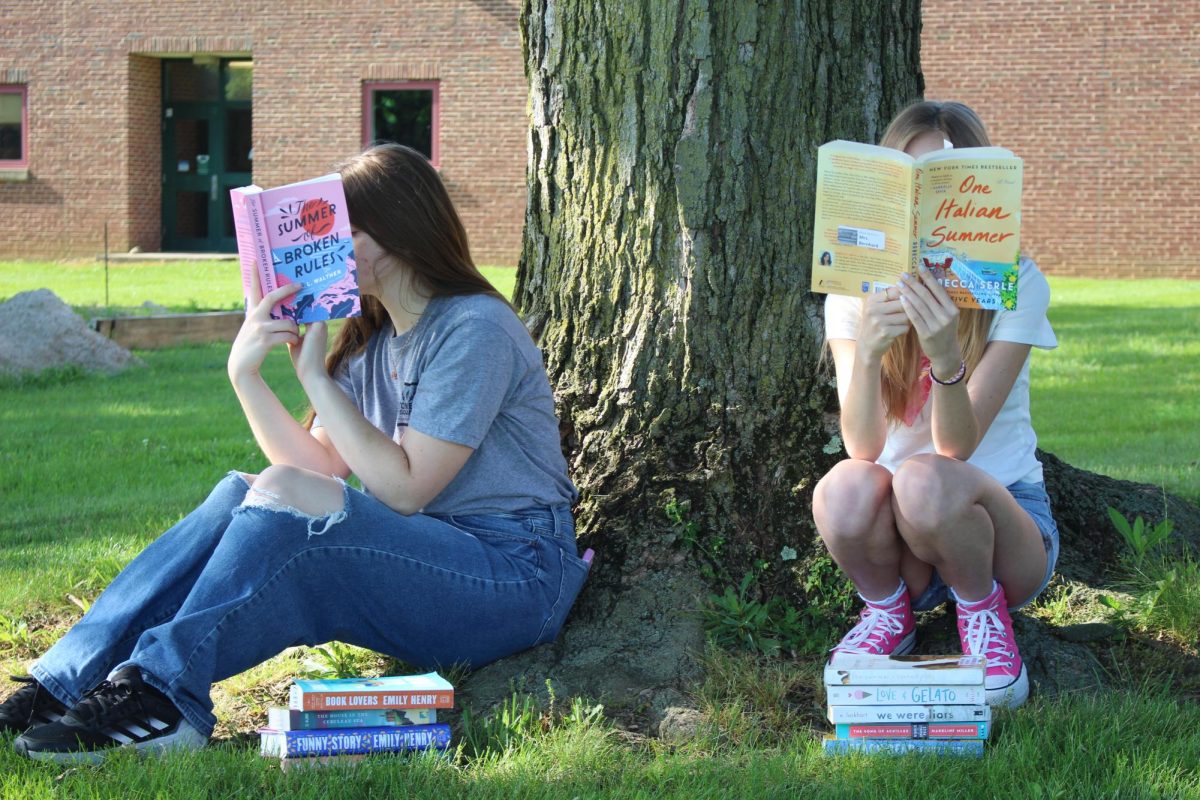

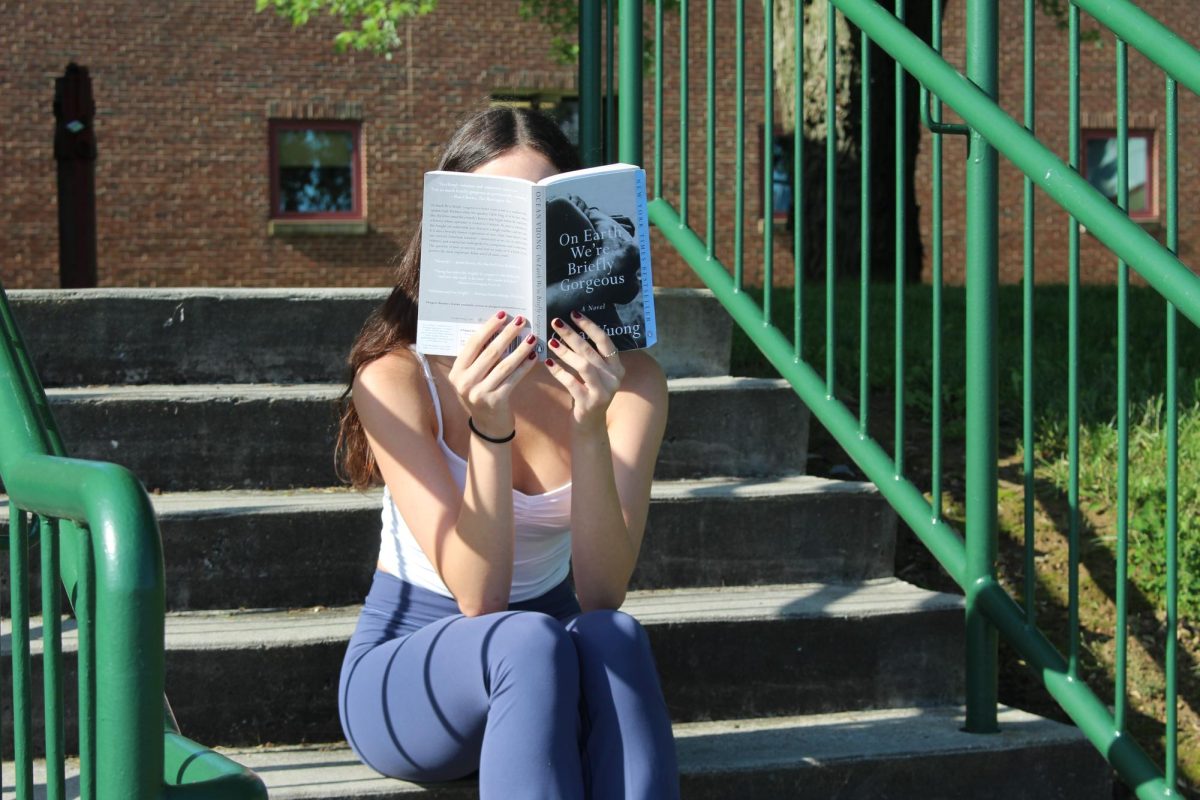
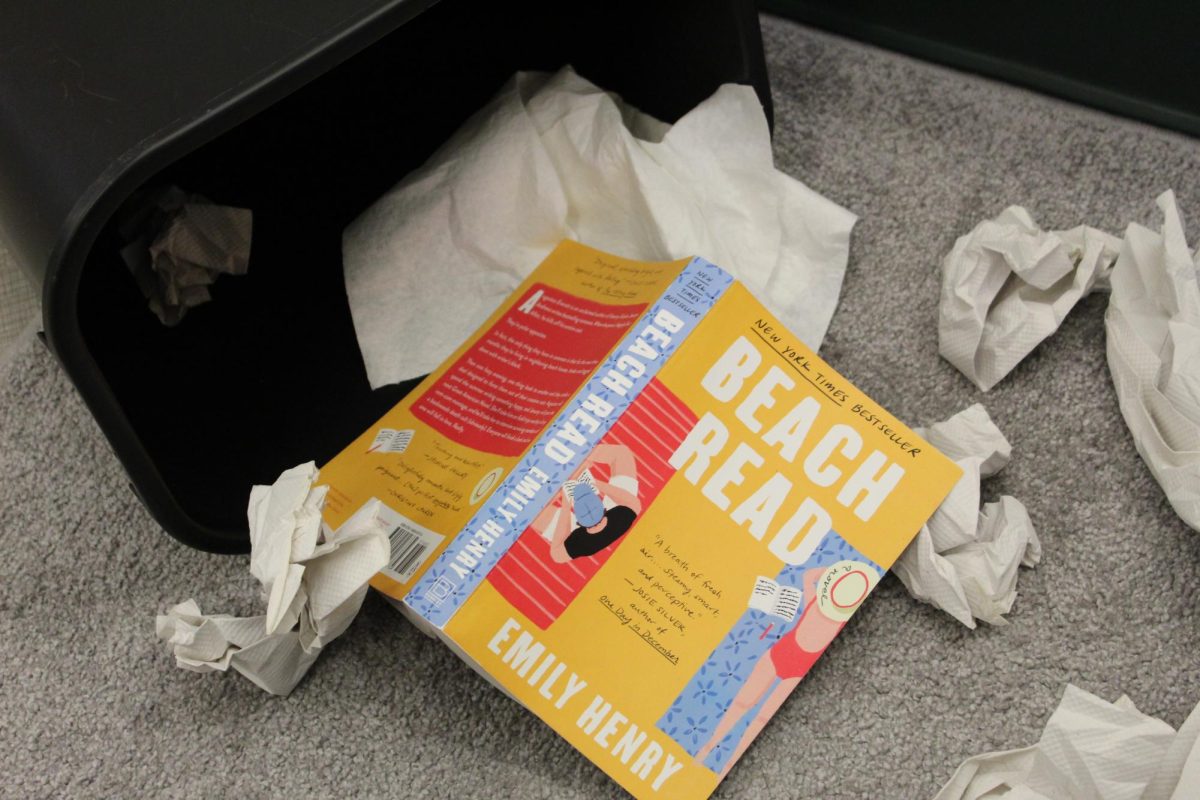




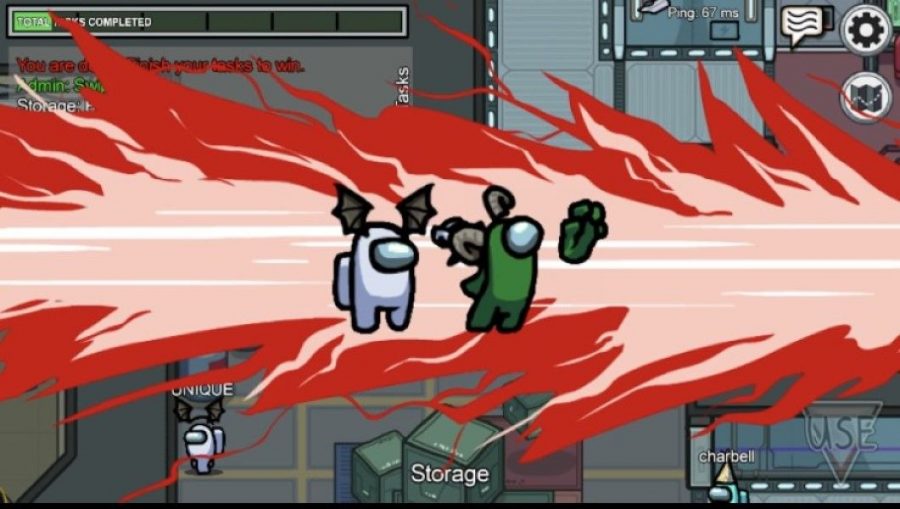


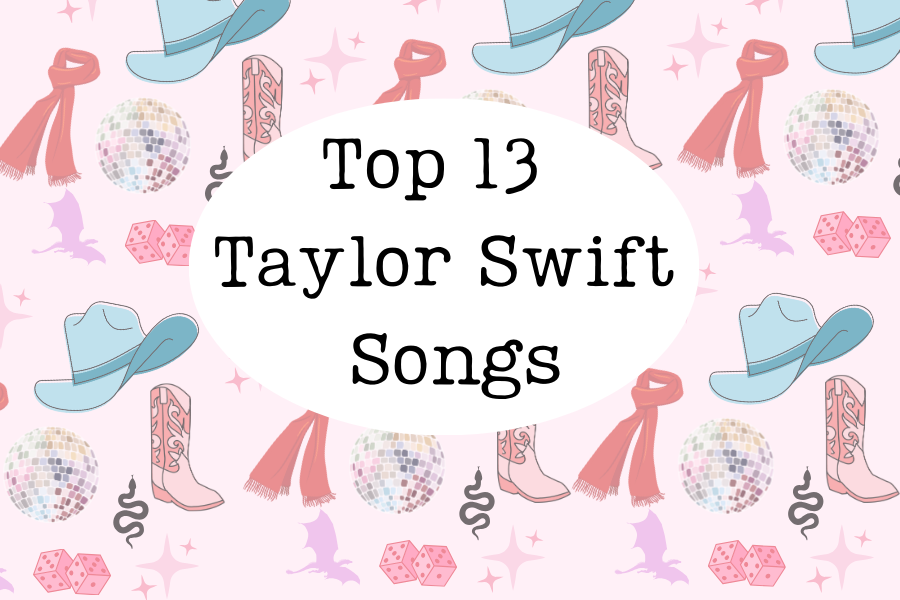






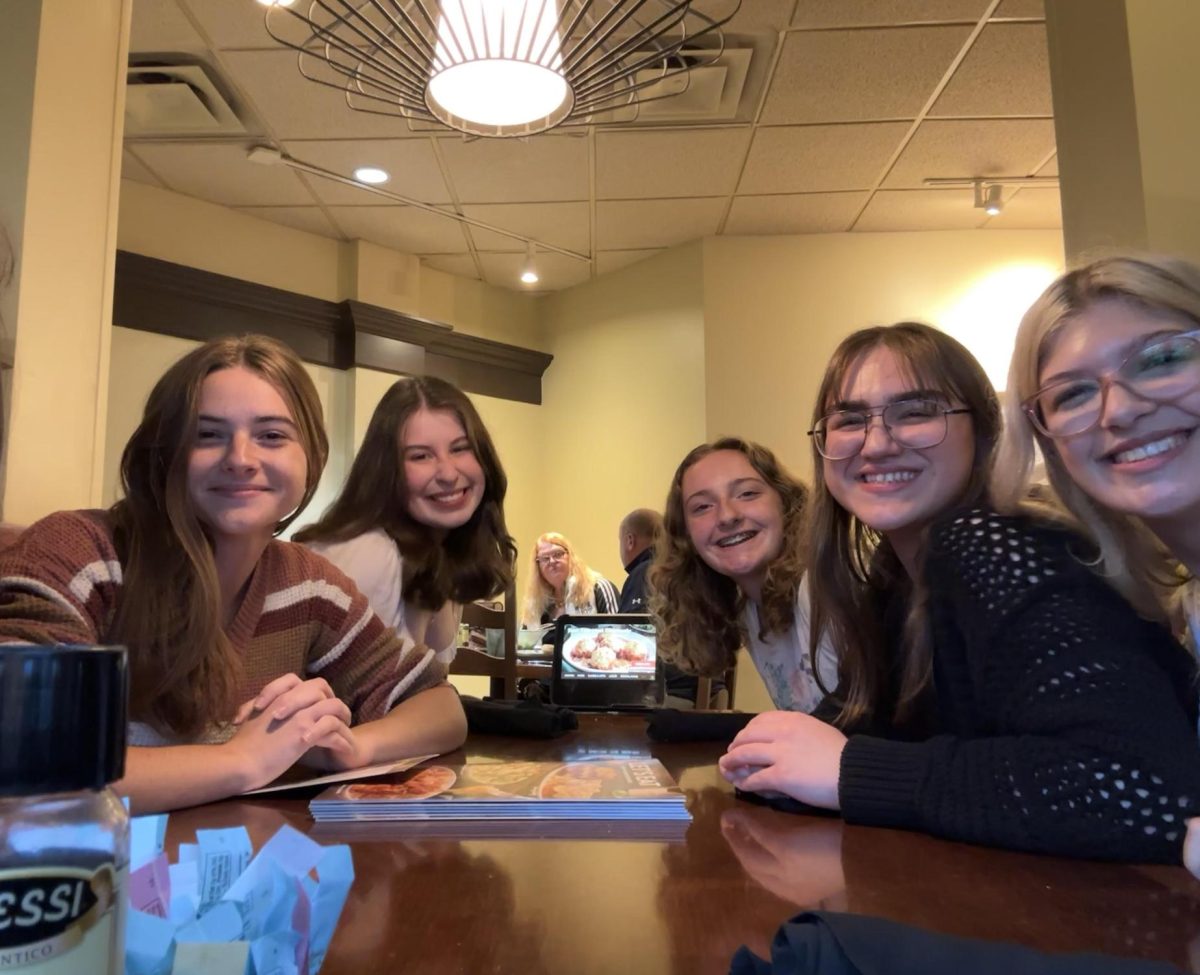



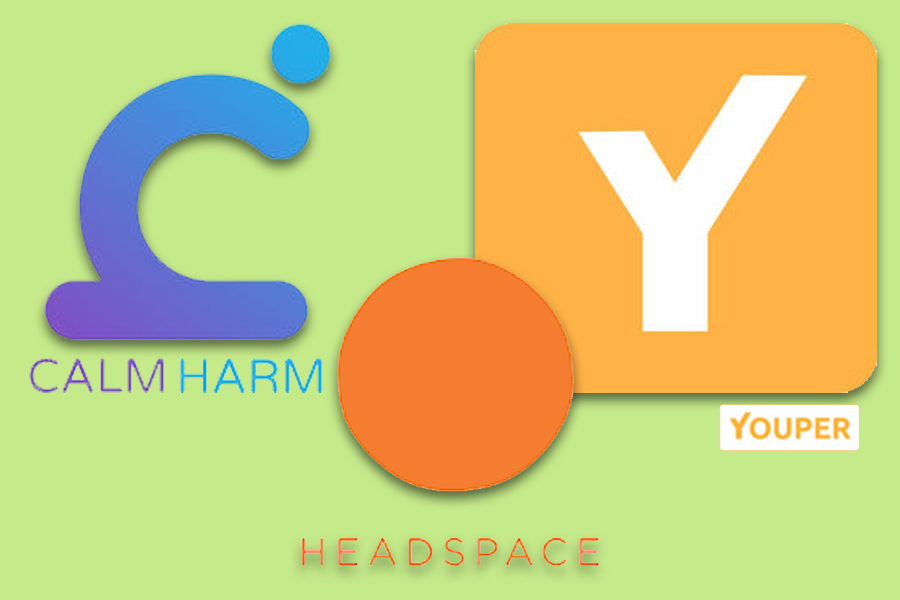



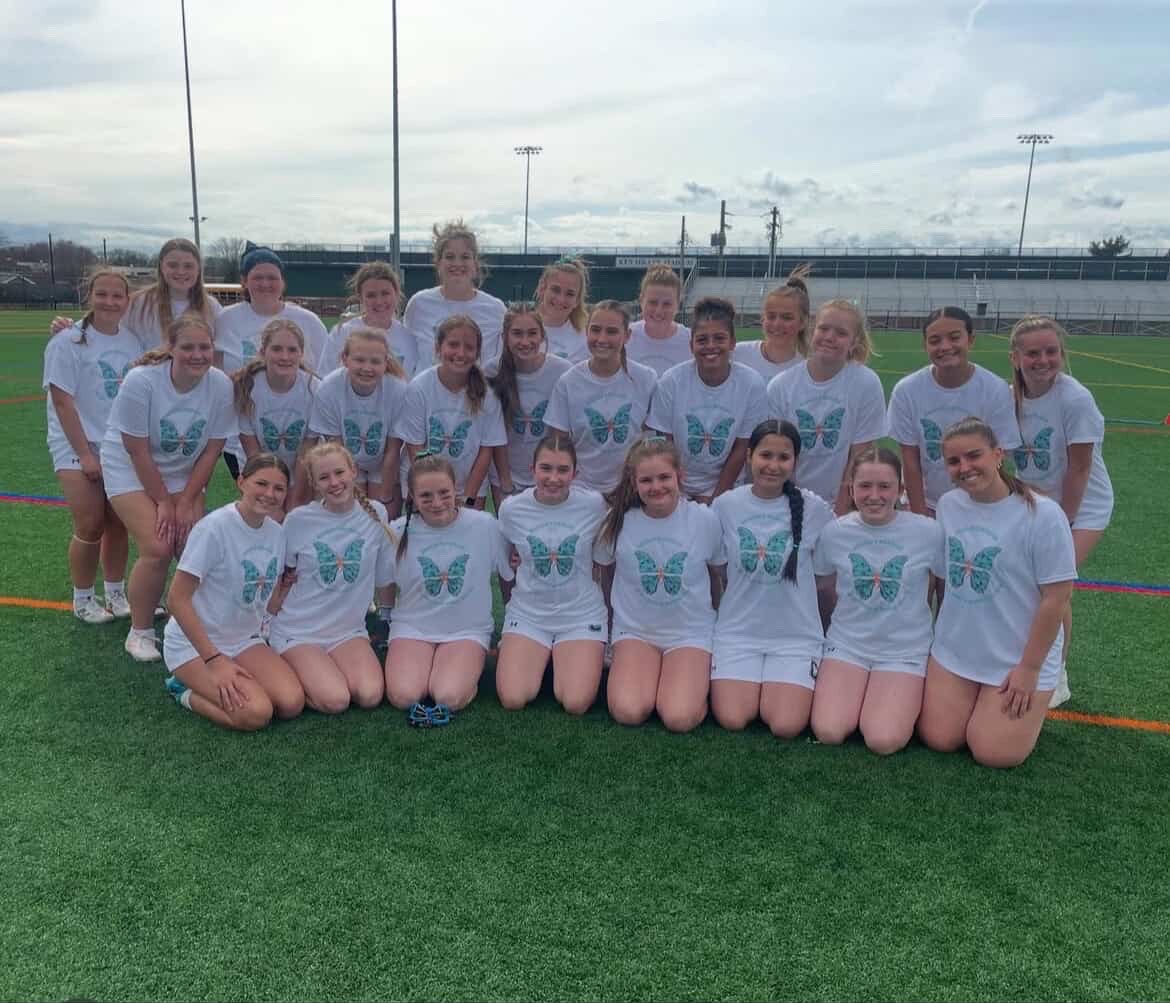

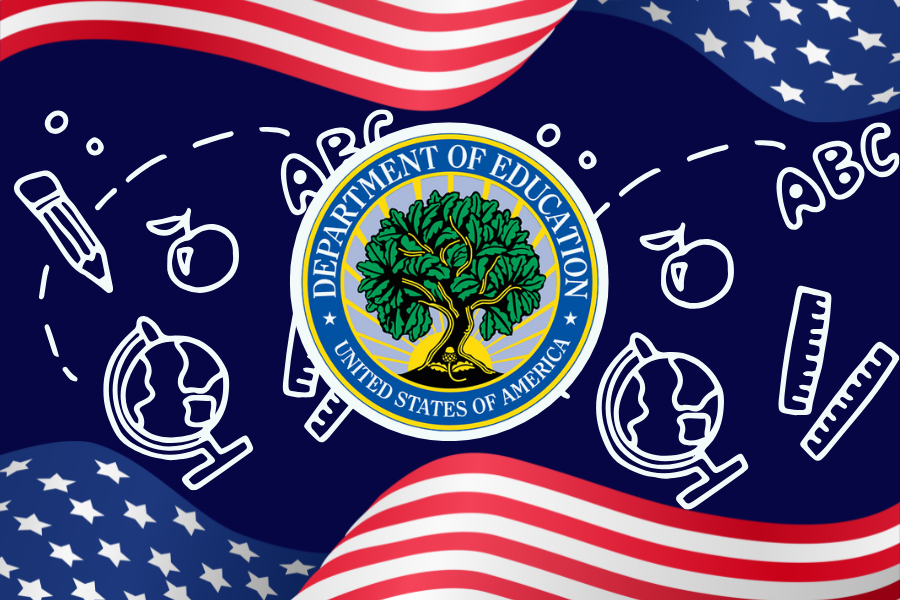




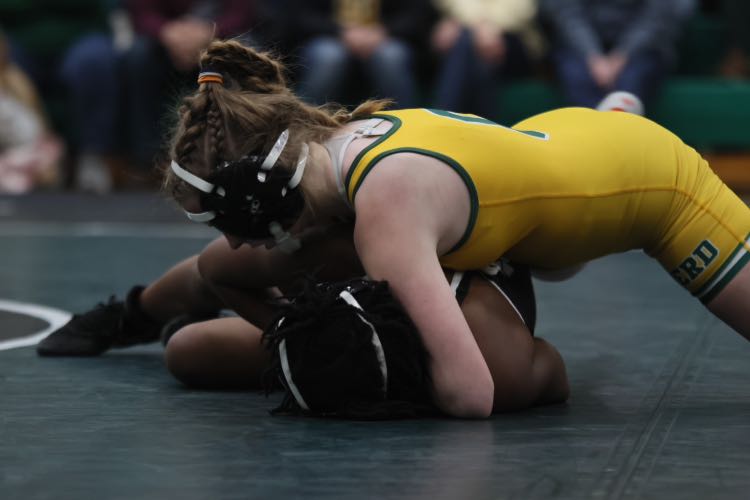
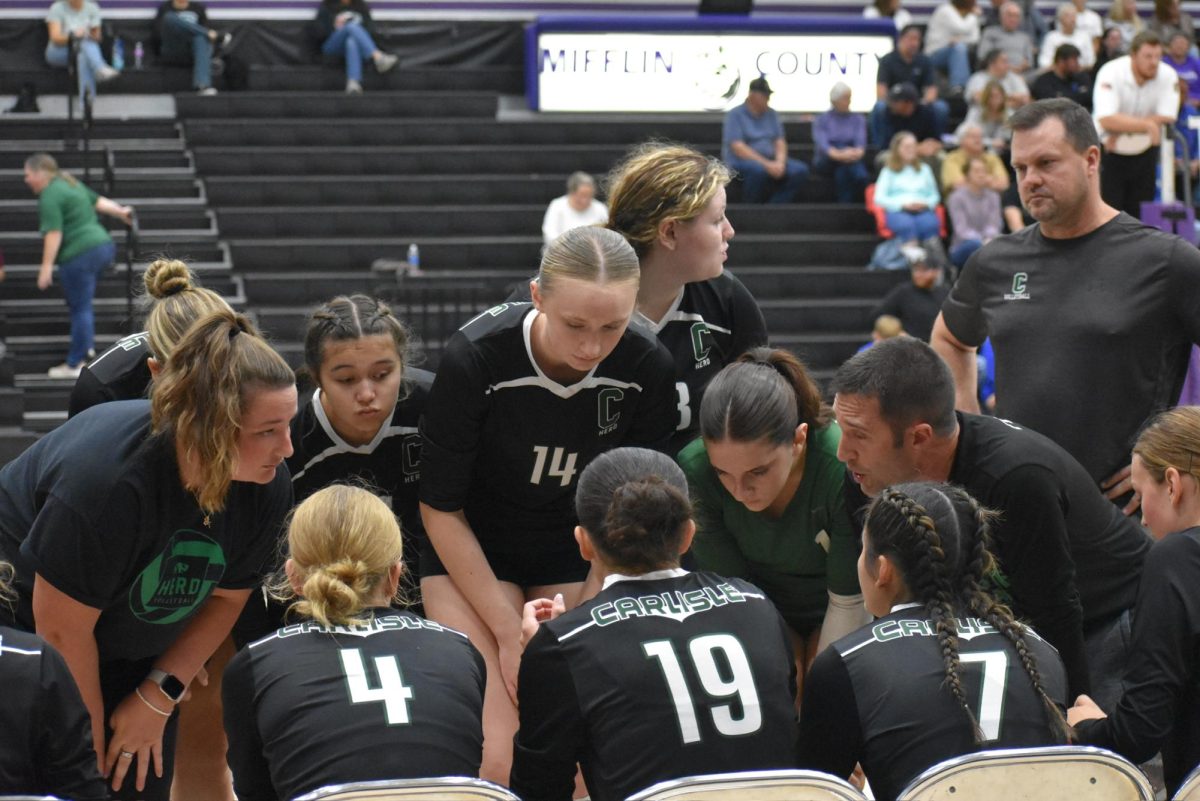

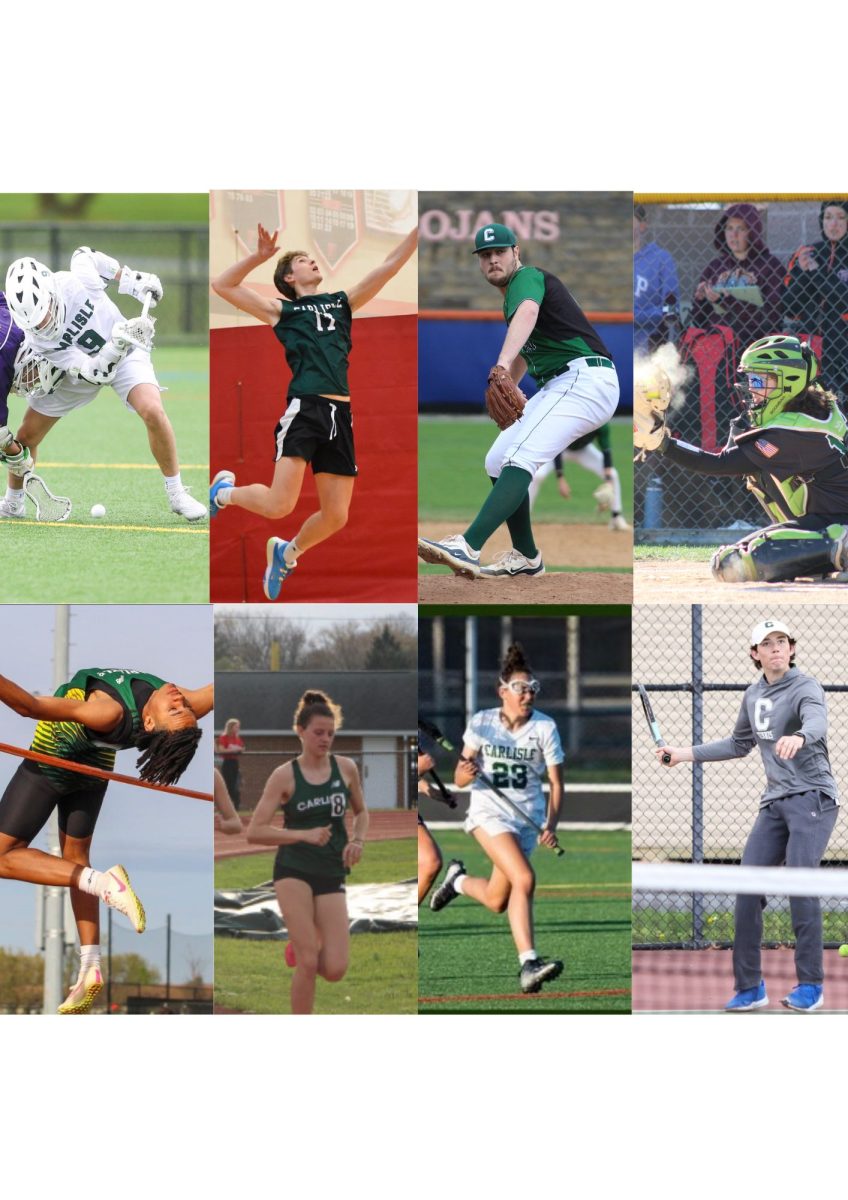
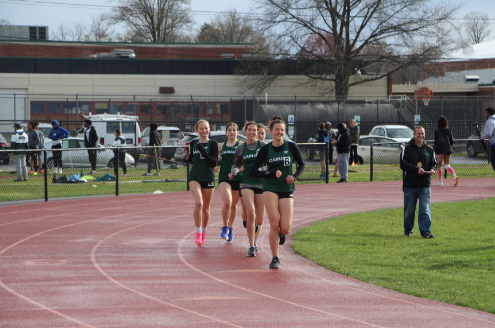
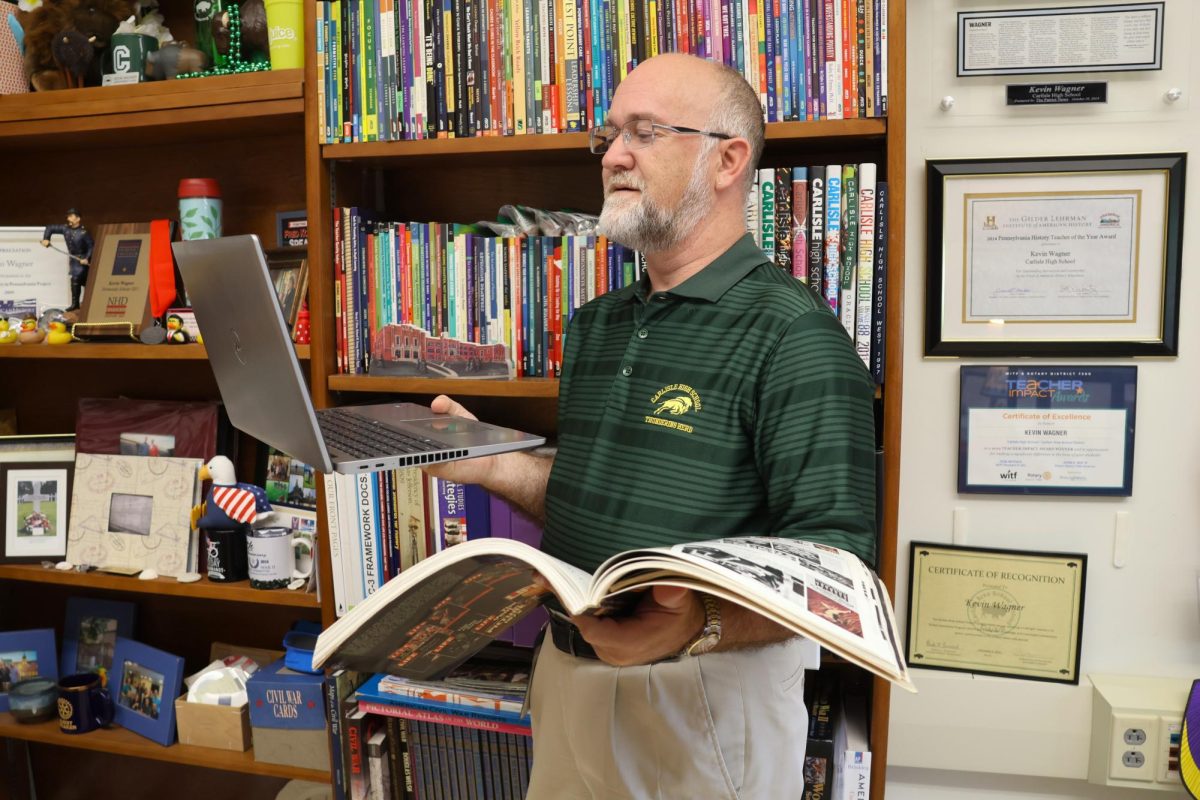
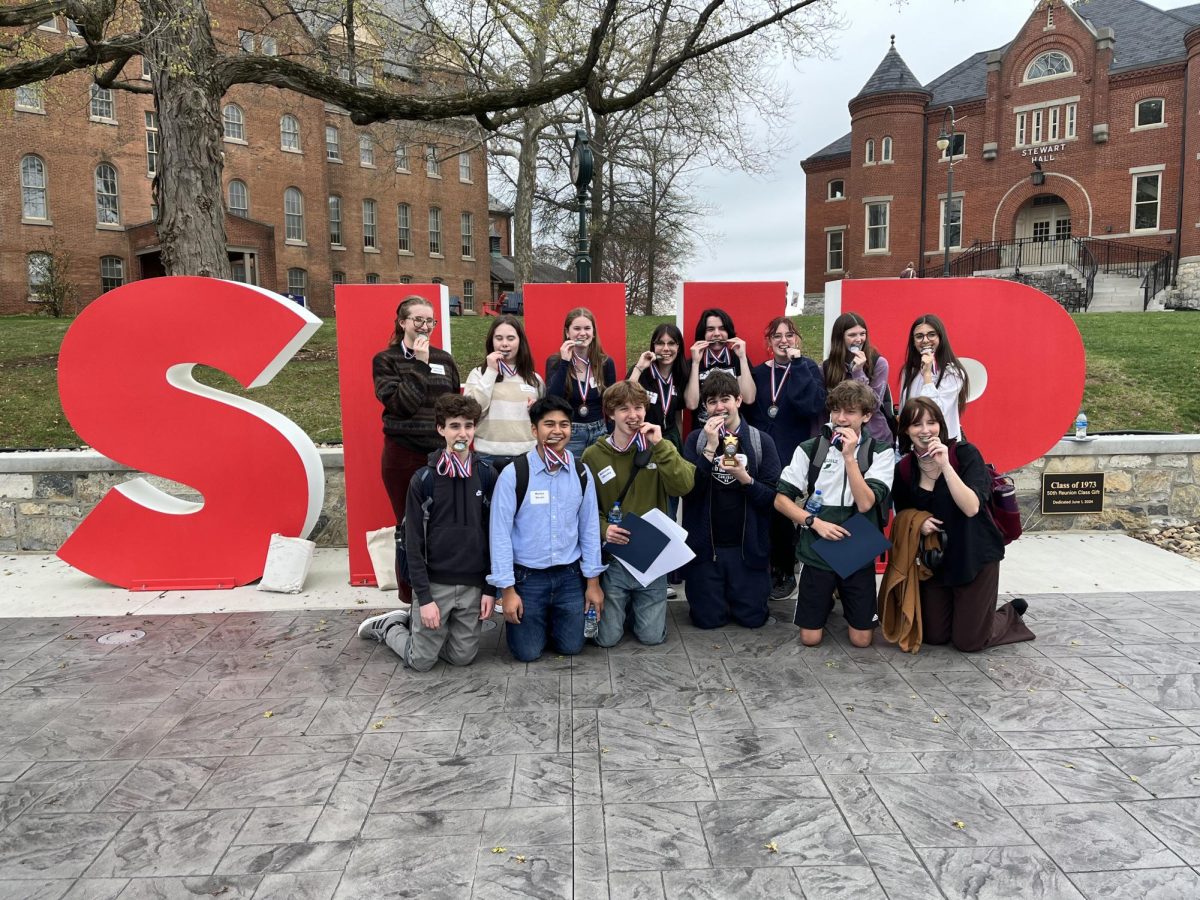
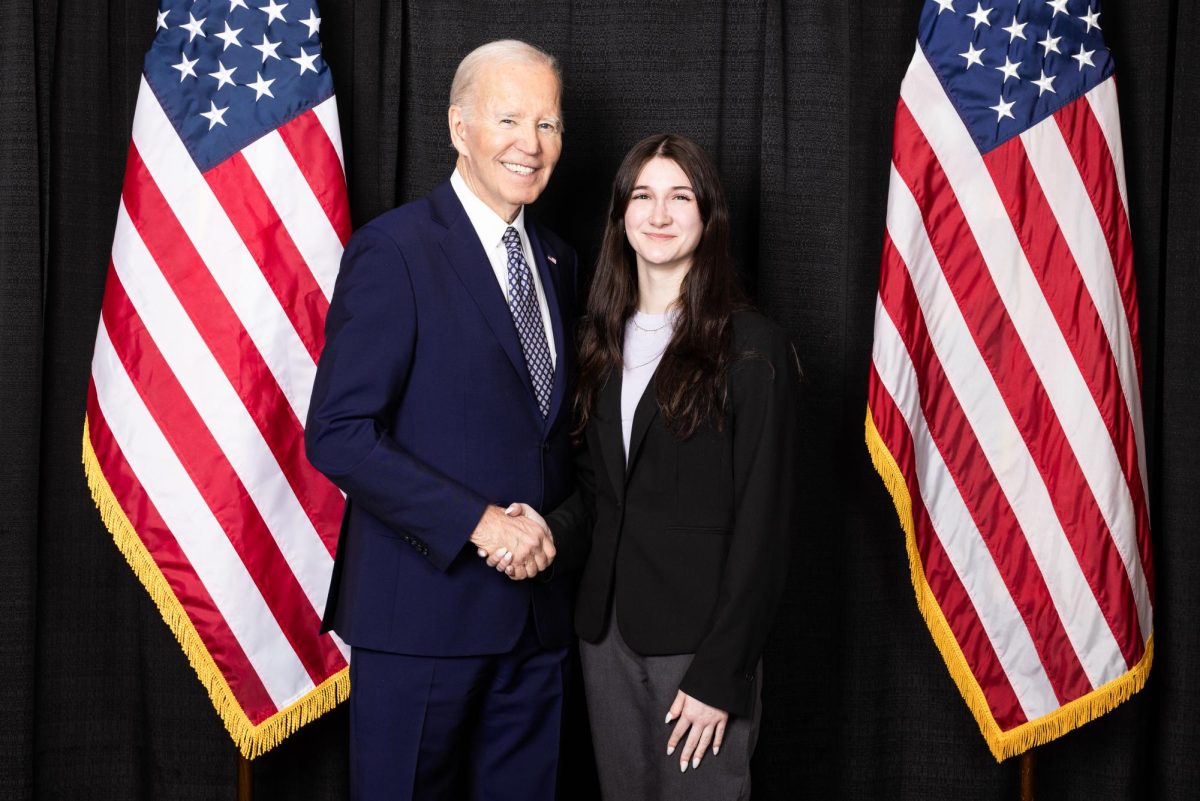
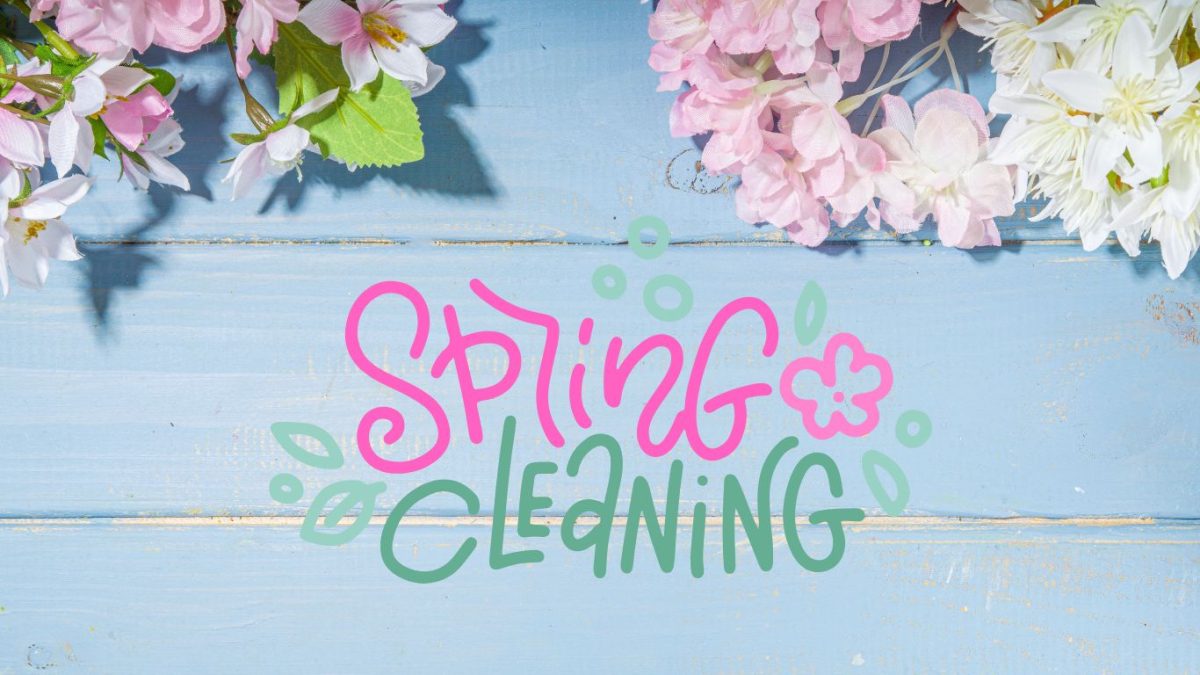

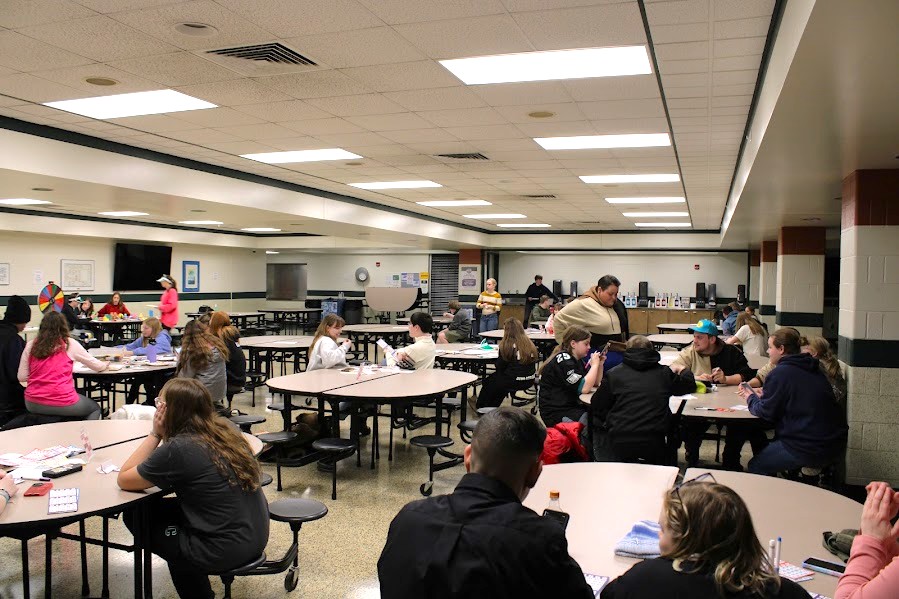

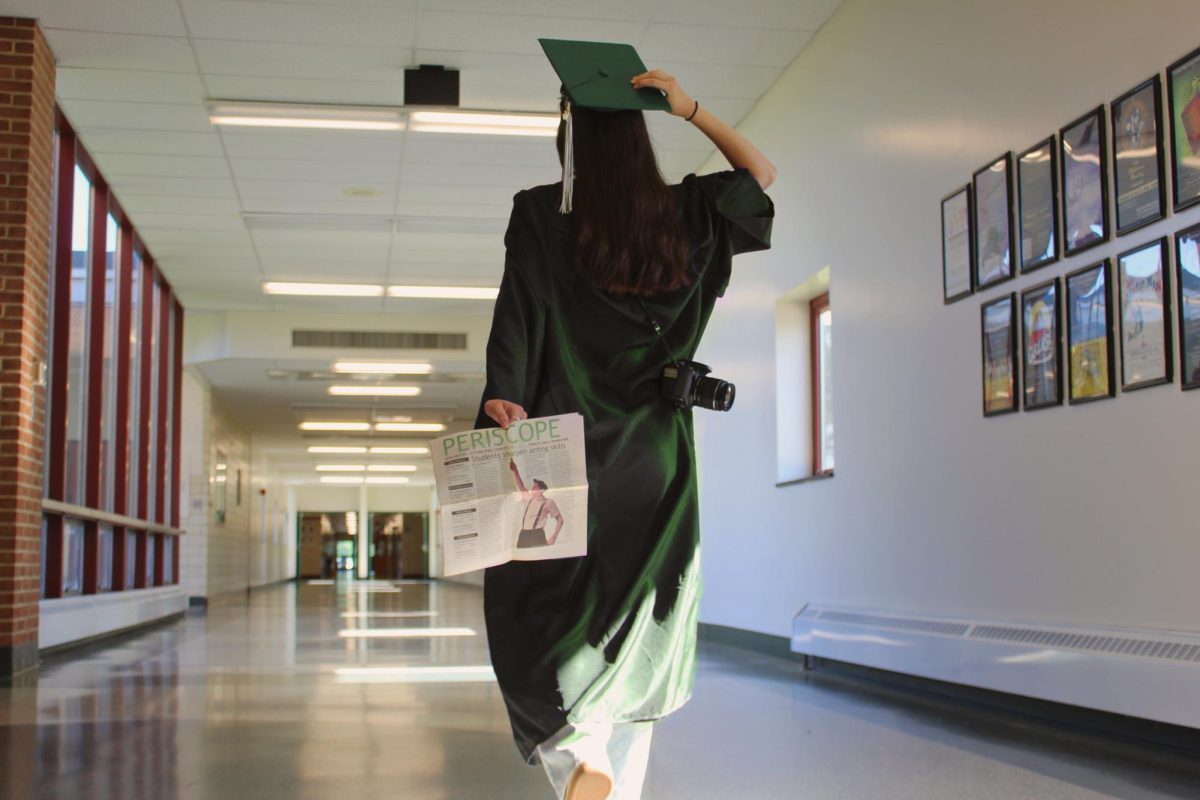
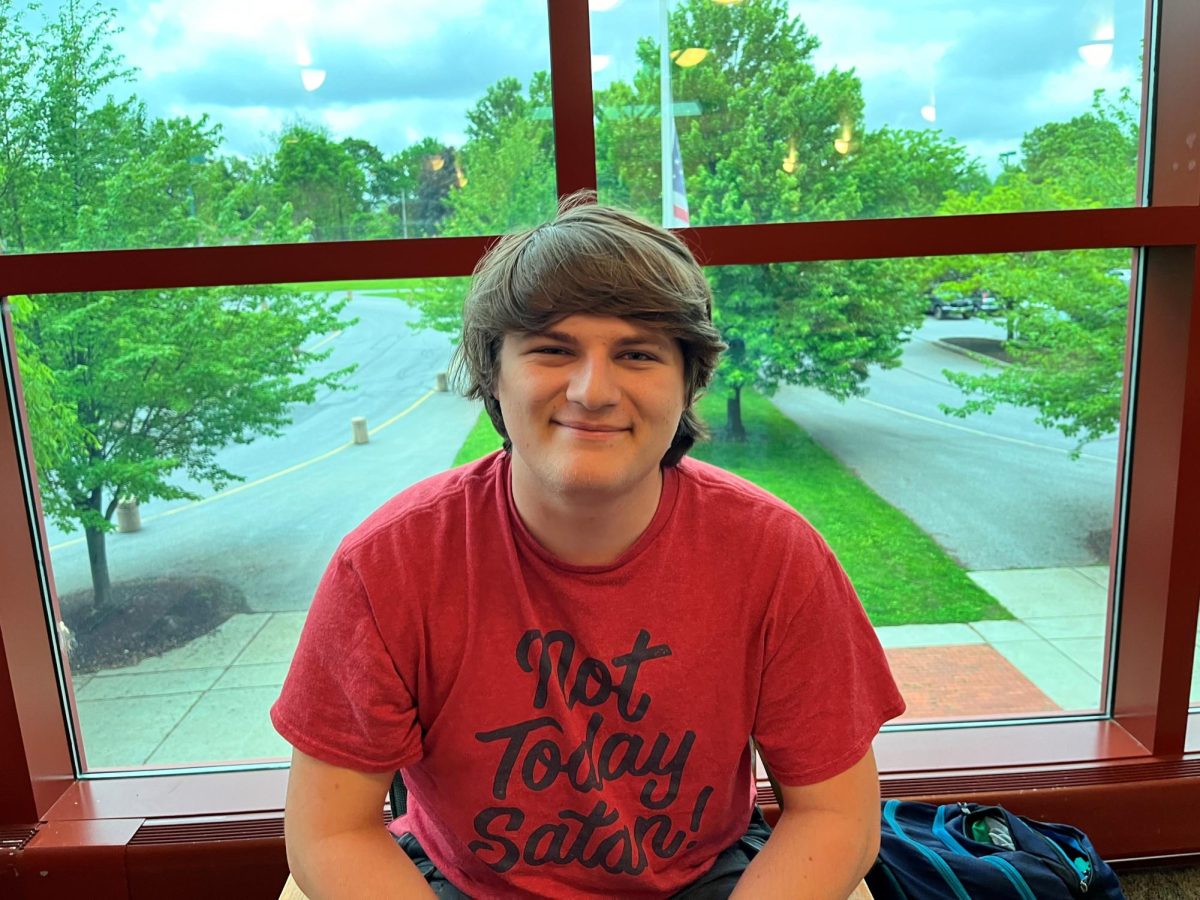
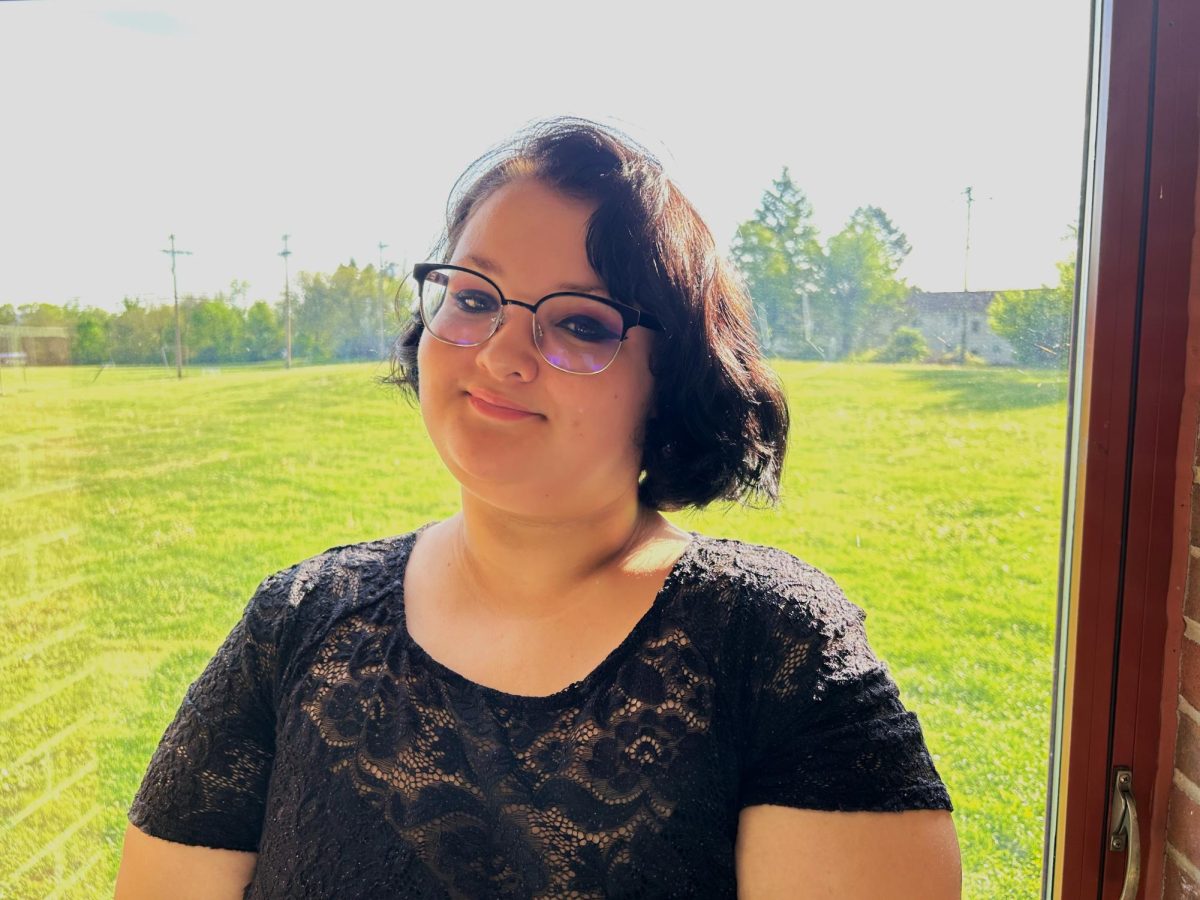

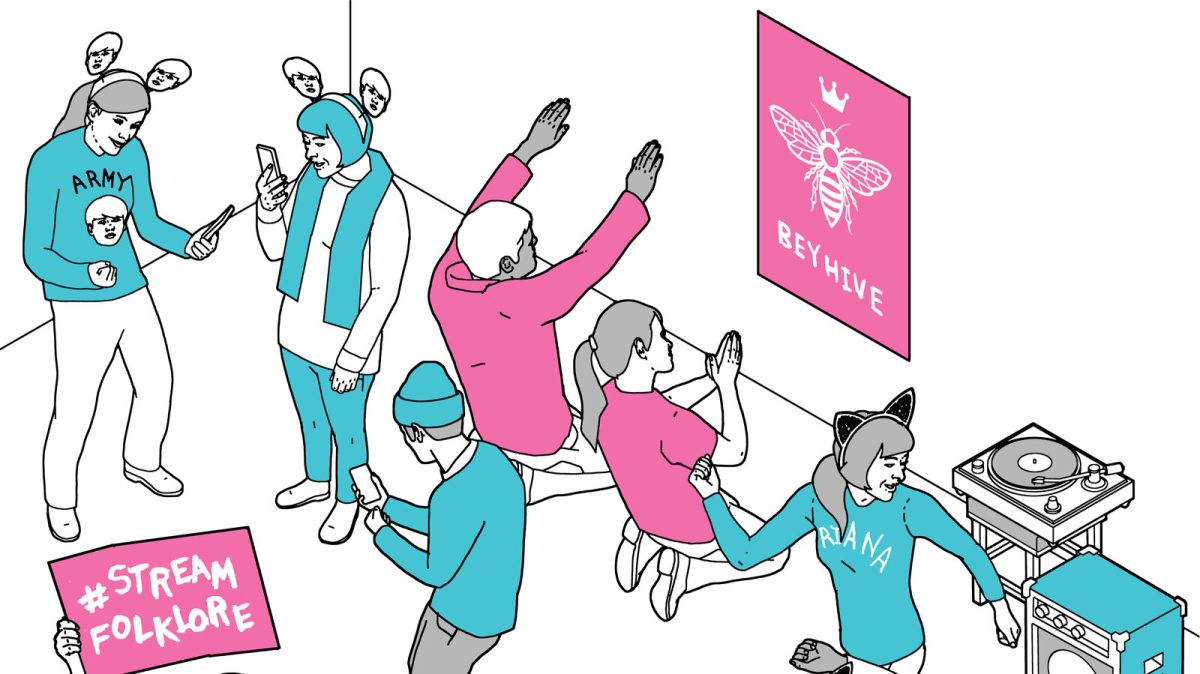
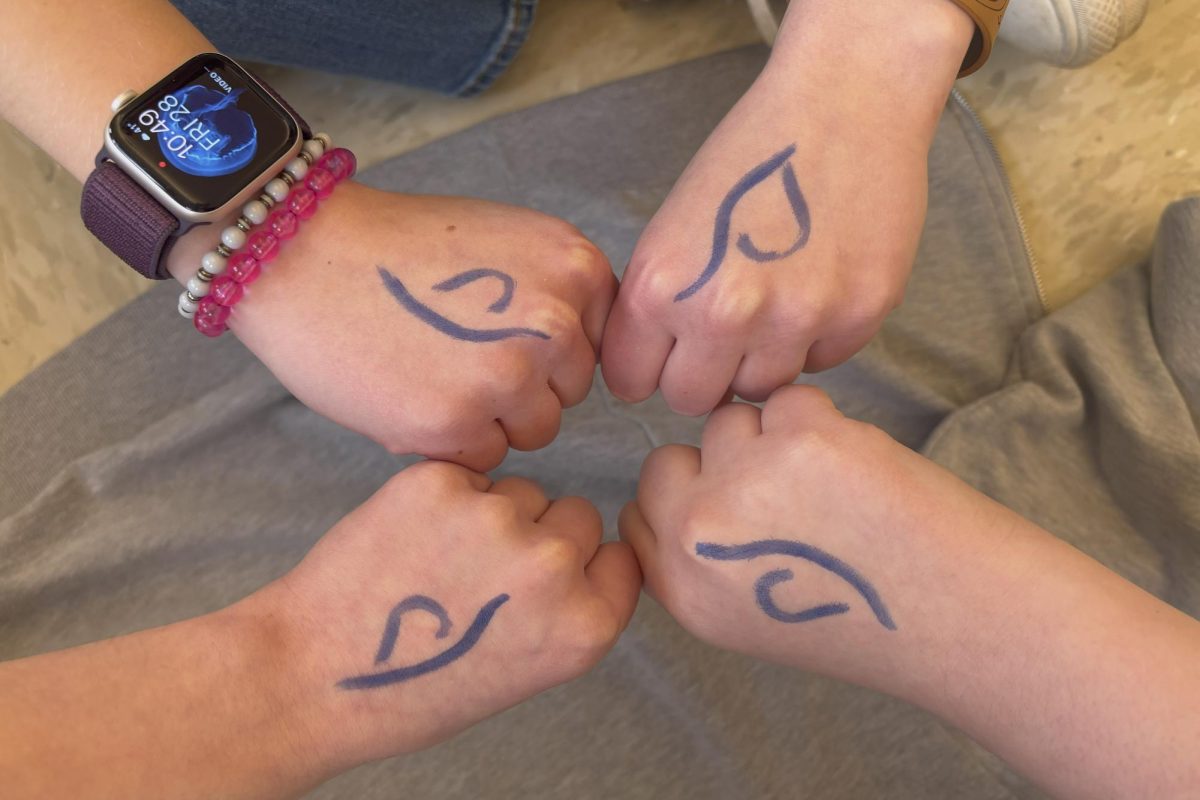

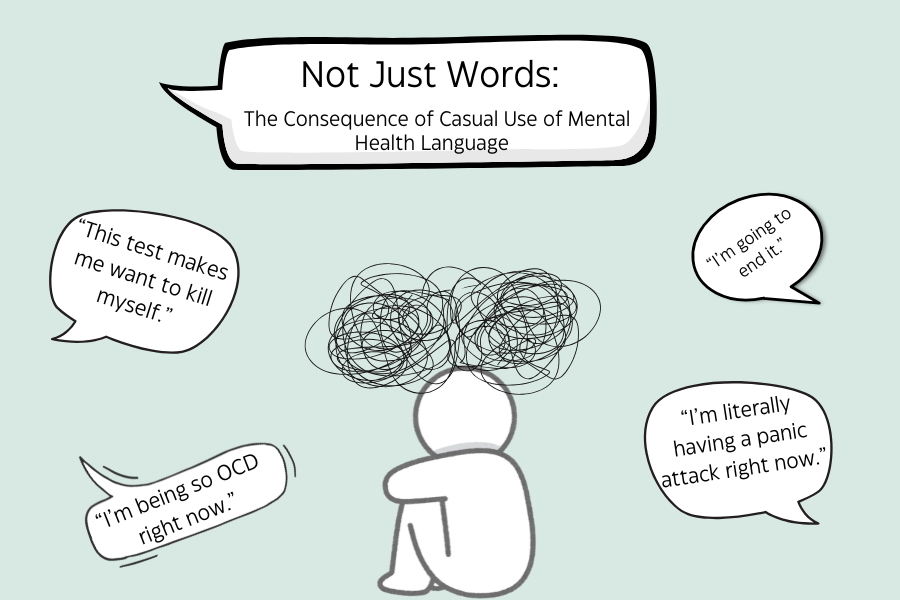
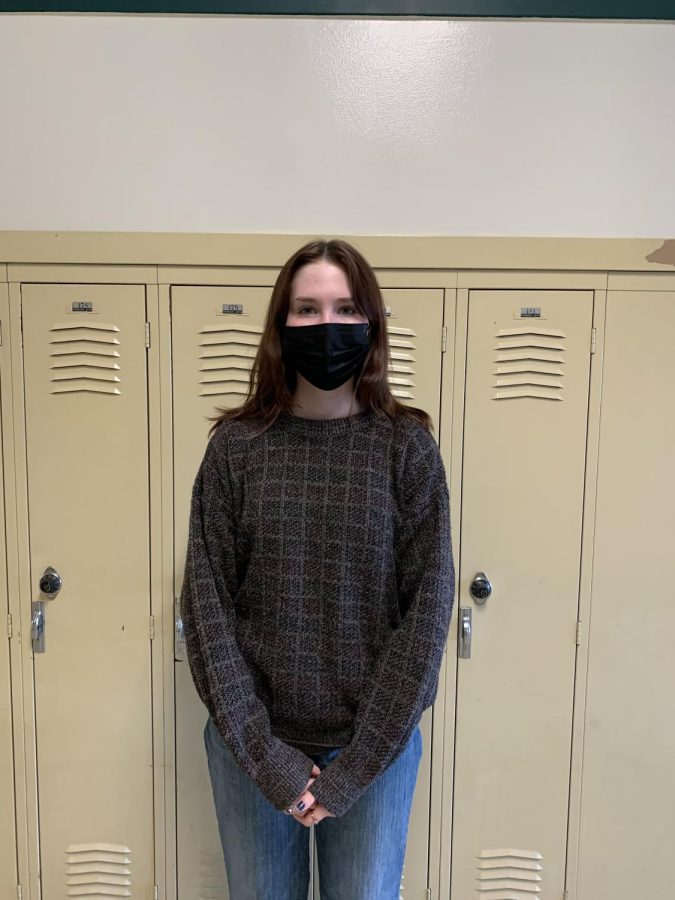
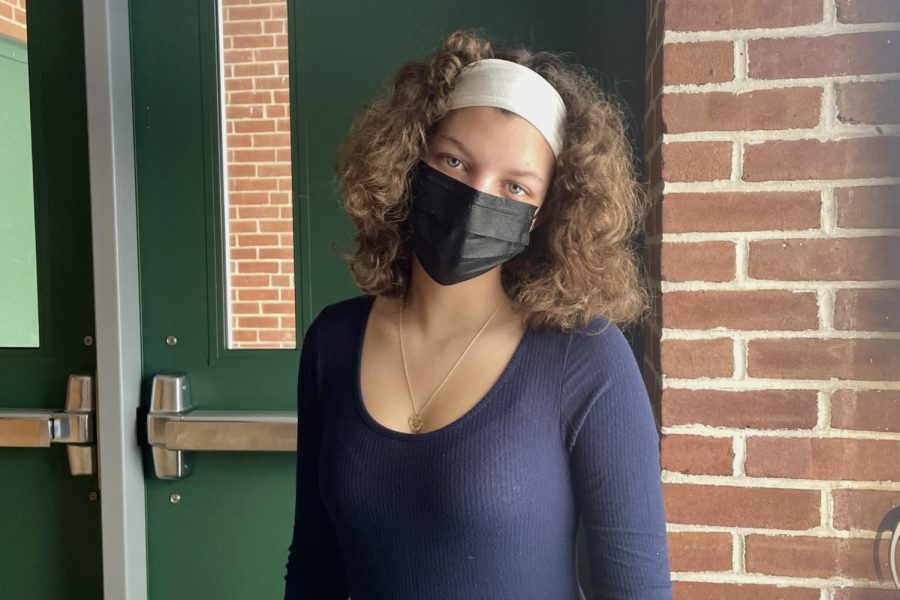
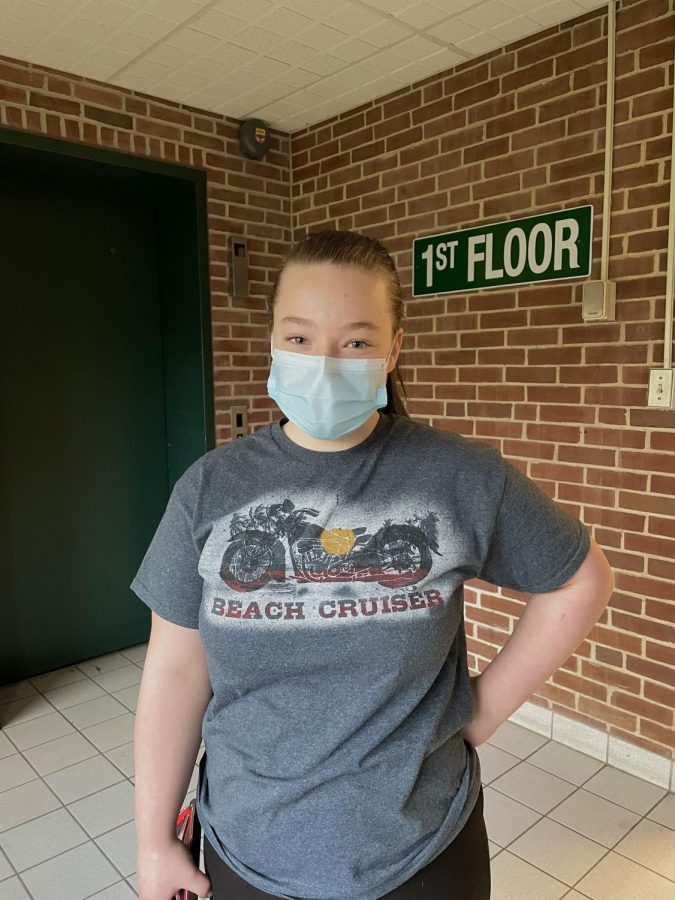
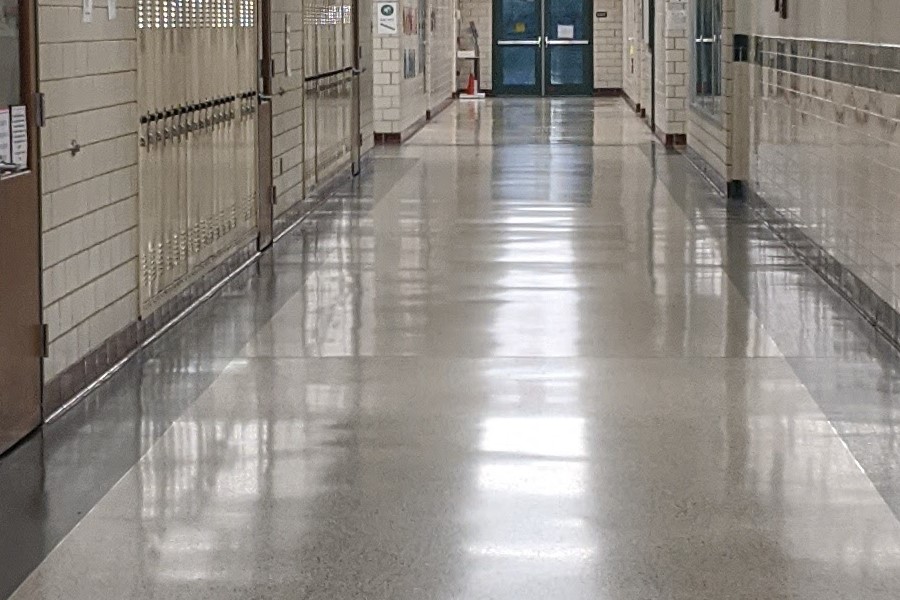
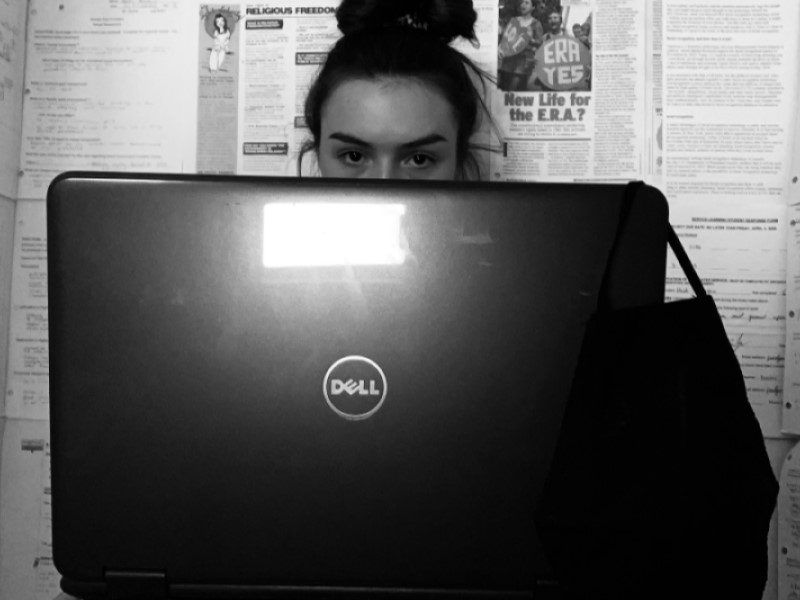
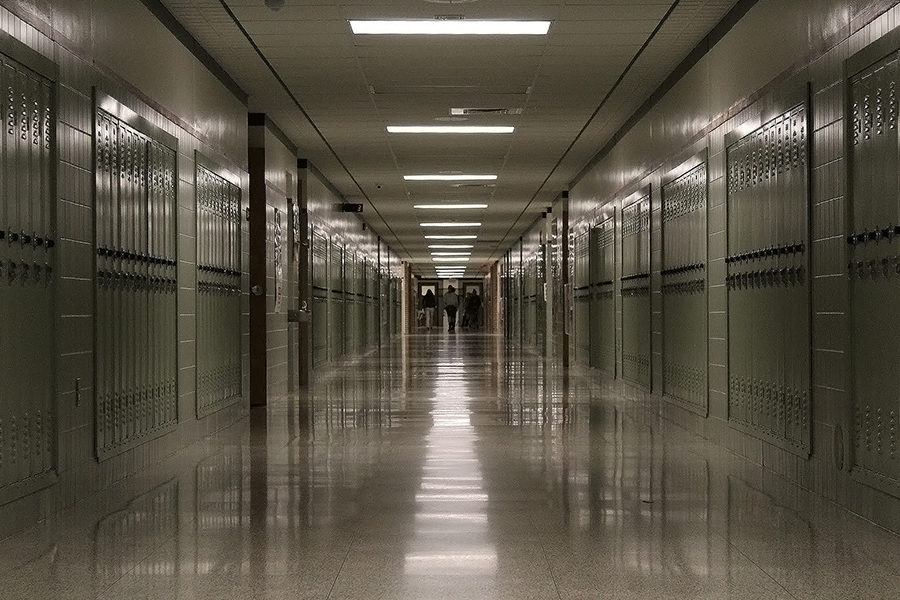



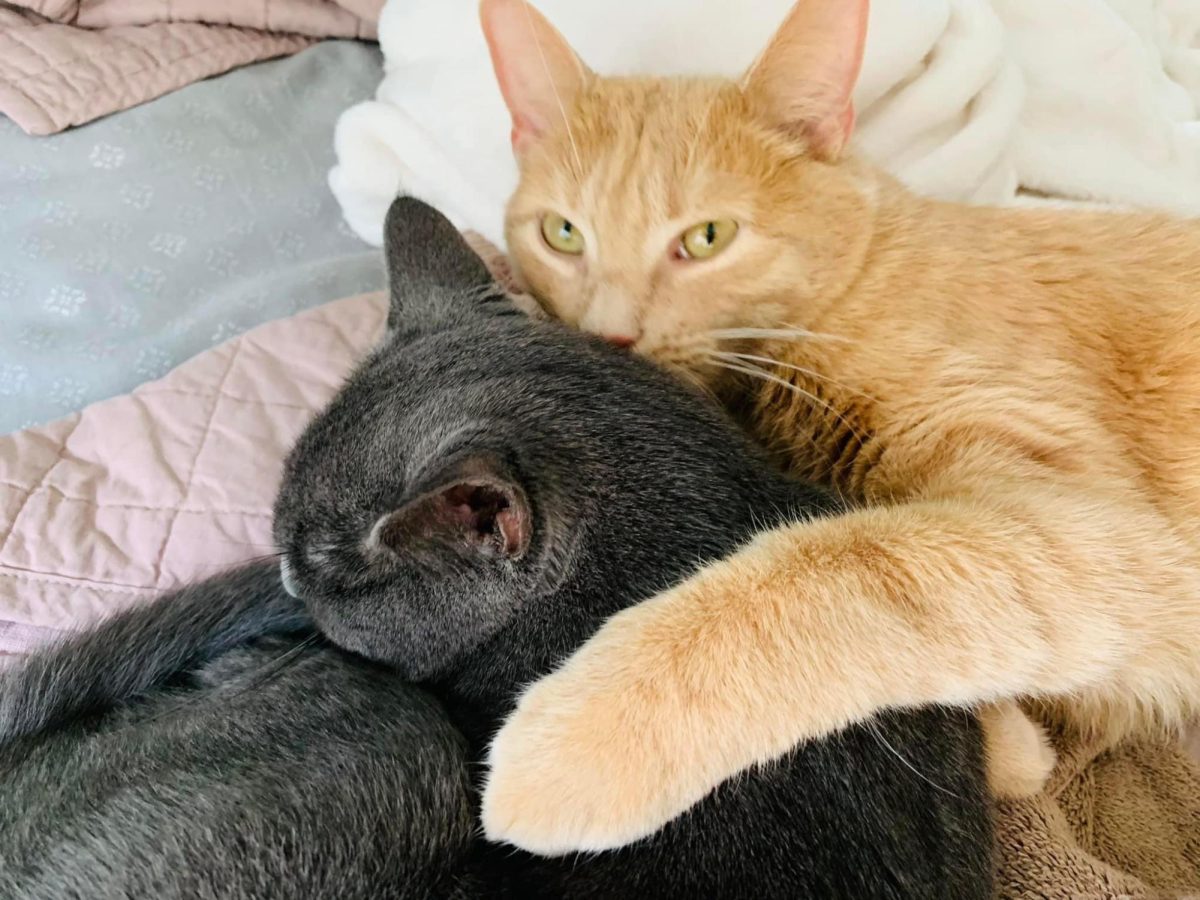

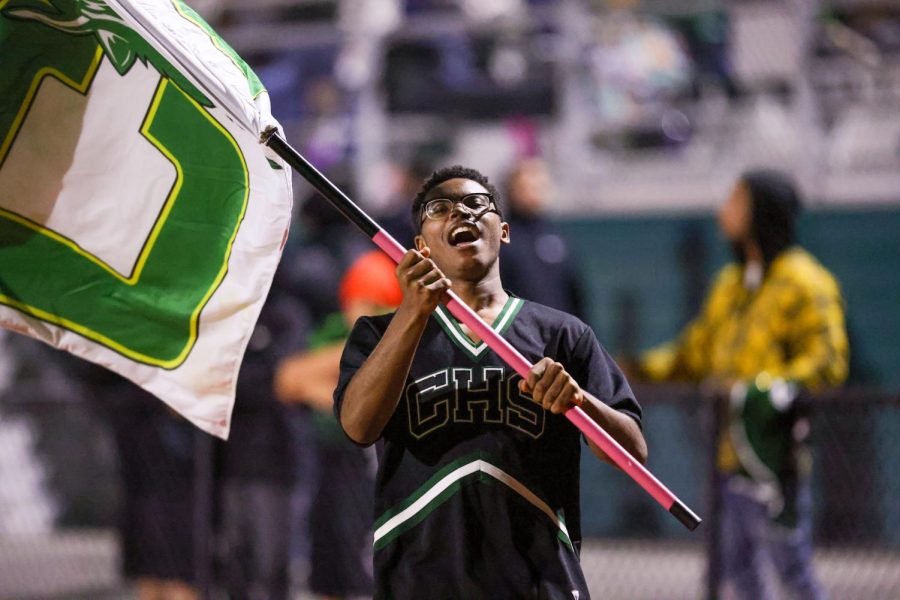
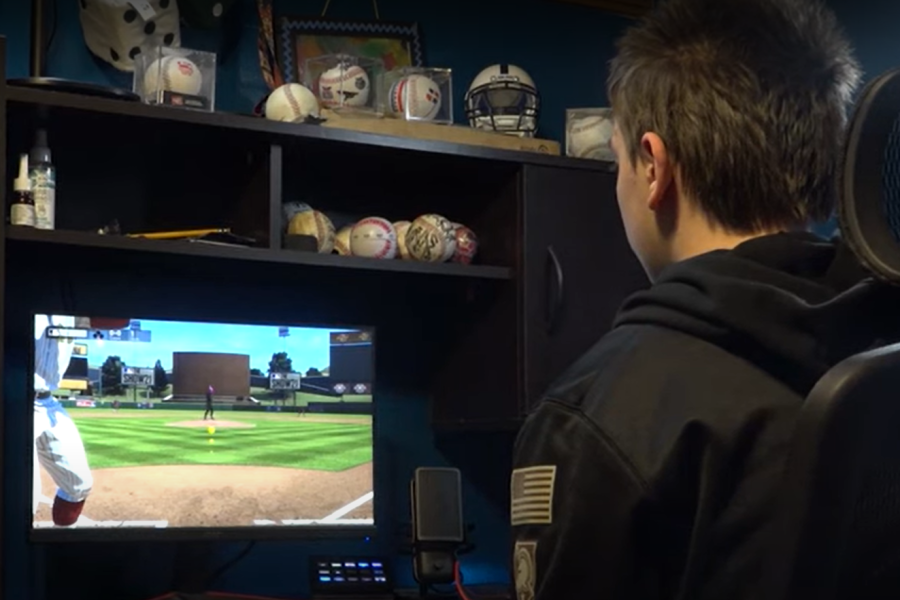



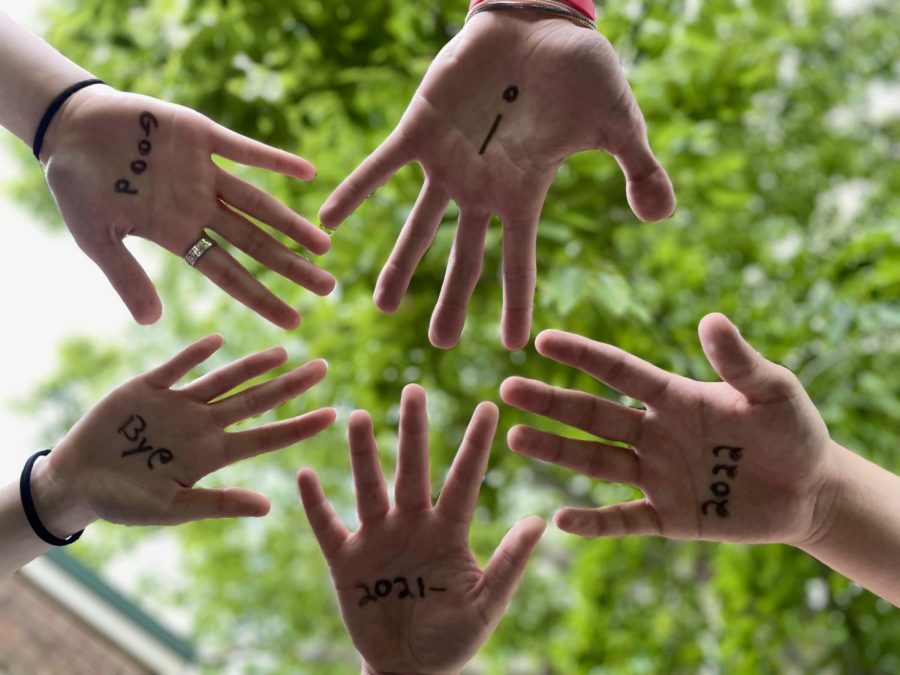


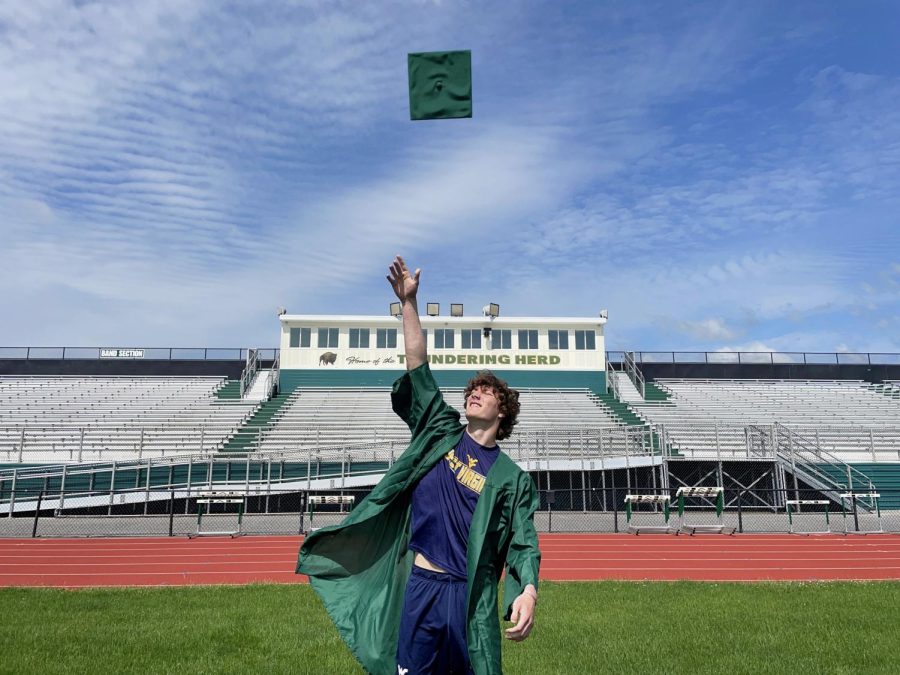

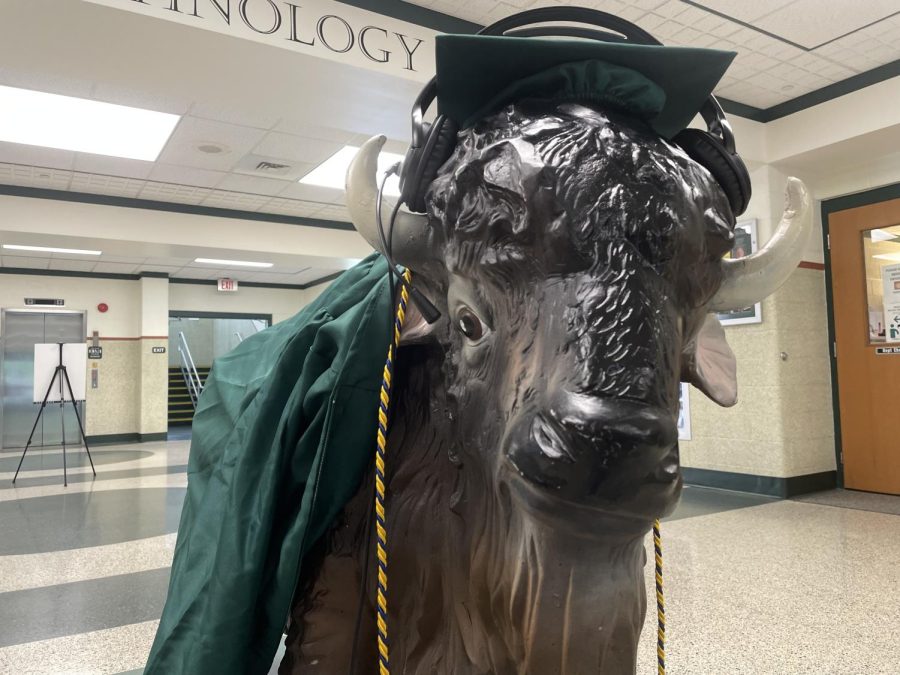

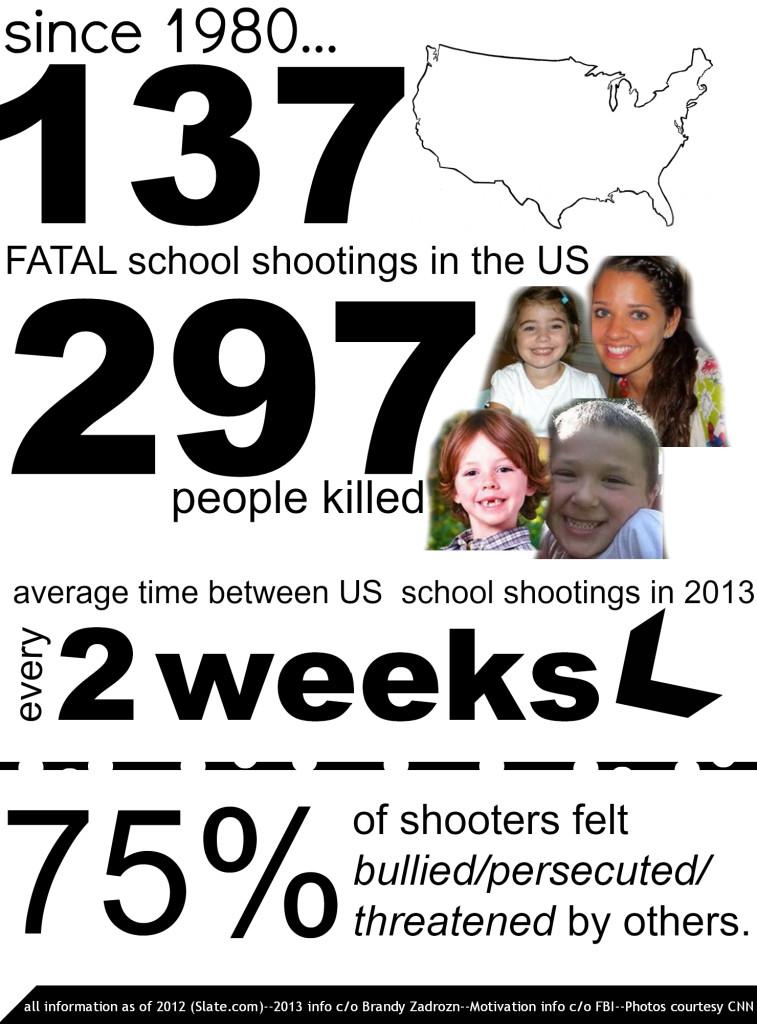

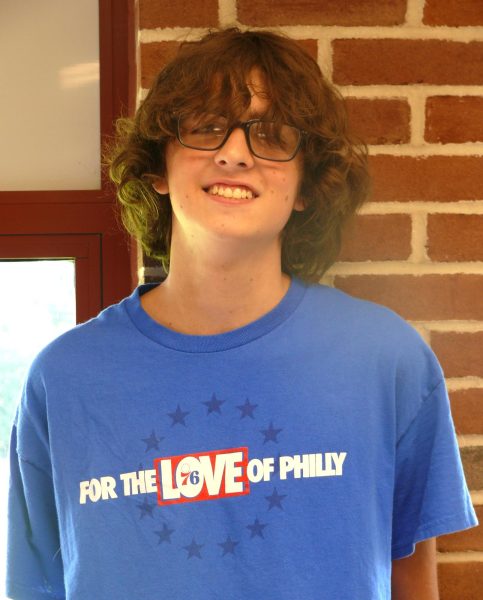
Jazmyn Campbell • Jan 24, 2014 at 8:23 am
I think that this article is very crucial. A lot of people don’t think about why others and why they do the things that they do. You can honestly make an impact on somebody’s life just by speaking to them; that could honestly be the only hello or sign of interest that they have all day. Yes, we do have very poor gun control laws that need to be revised and enforced. There are a lot of problems, but the gun violence has got to be one of the worst. If this doesn’t stop now, it will only get worse.